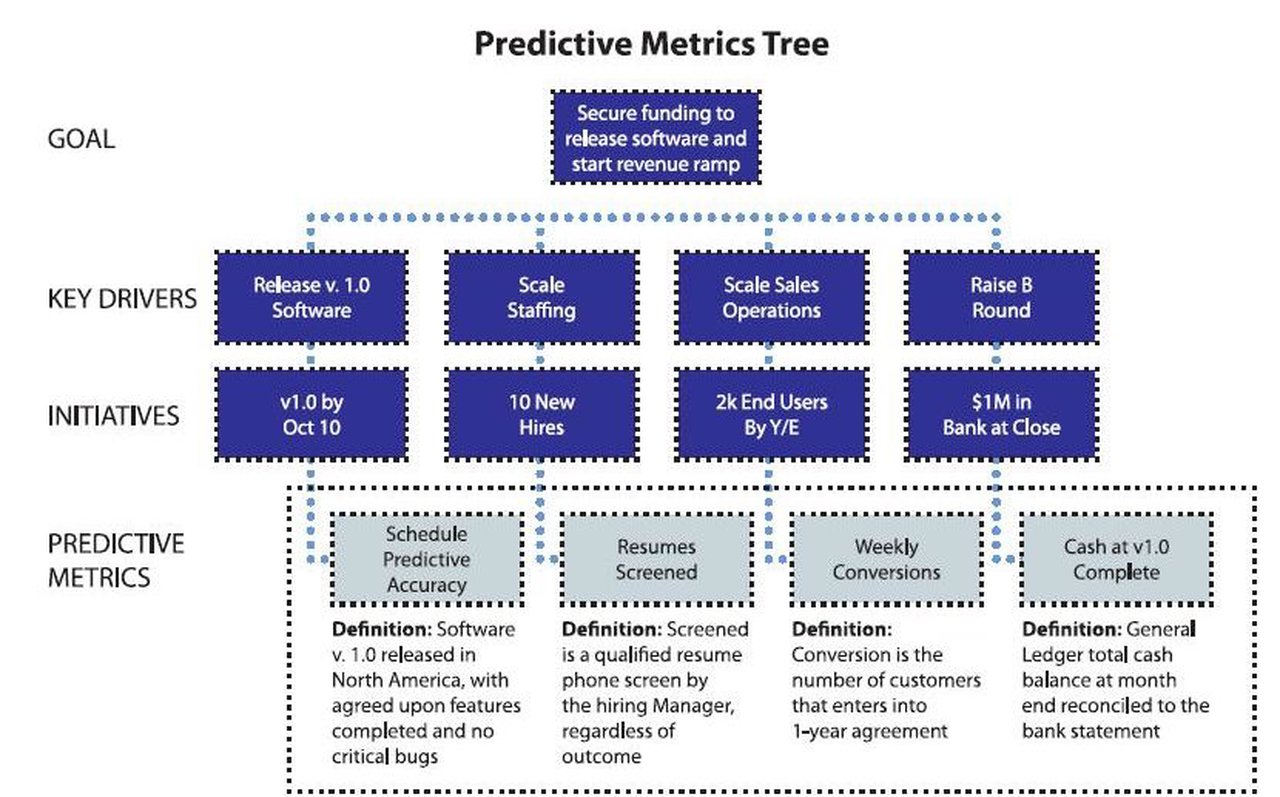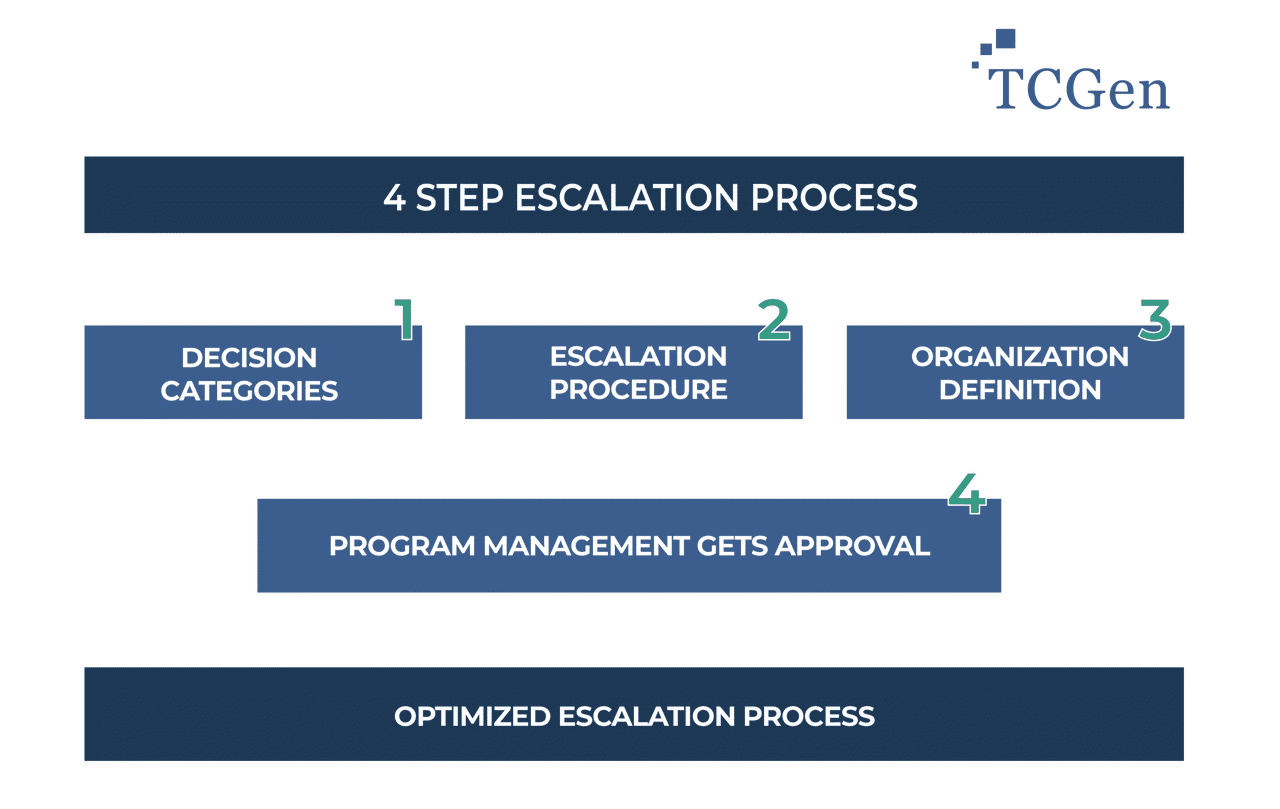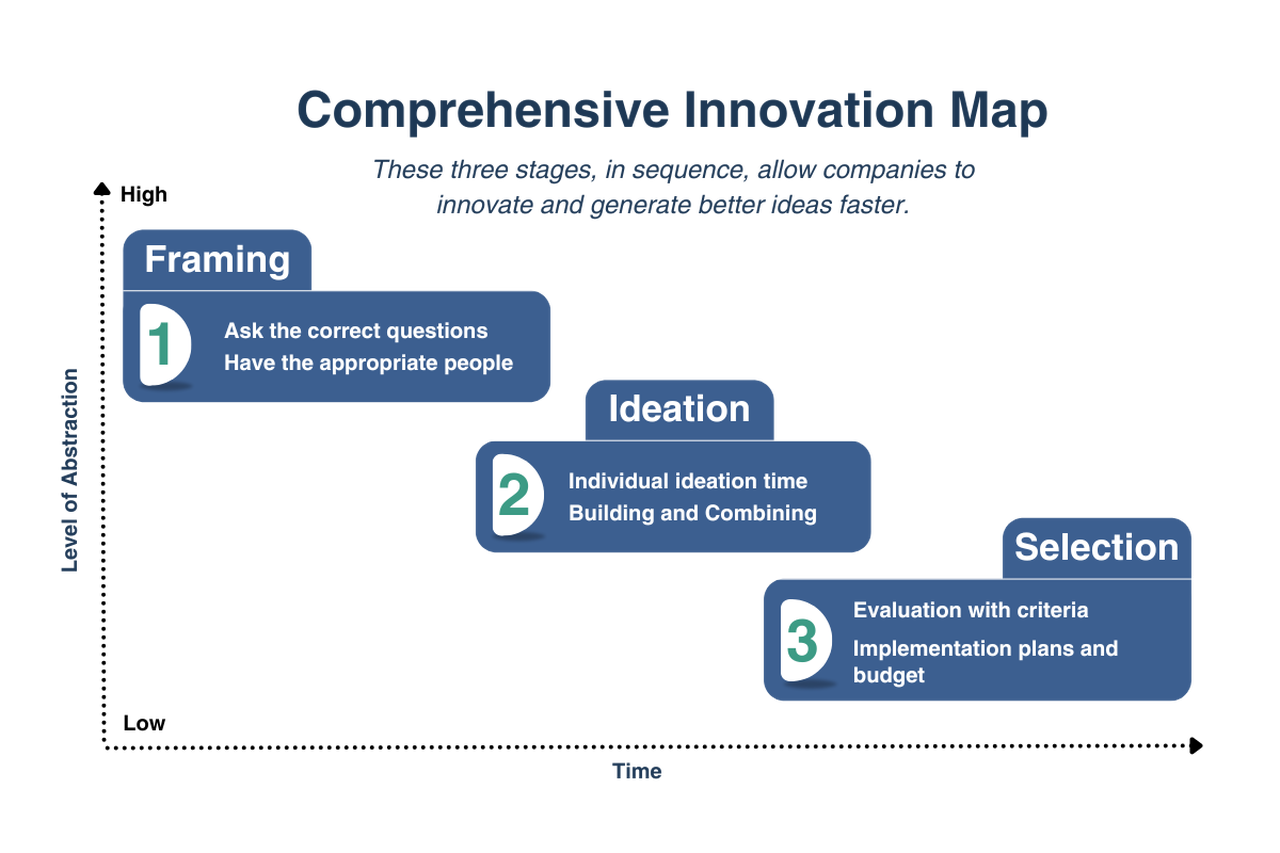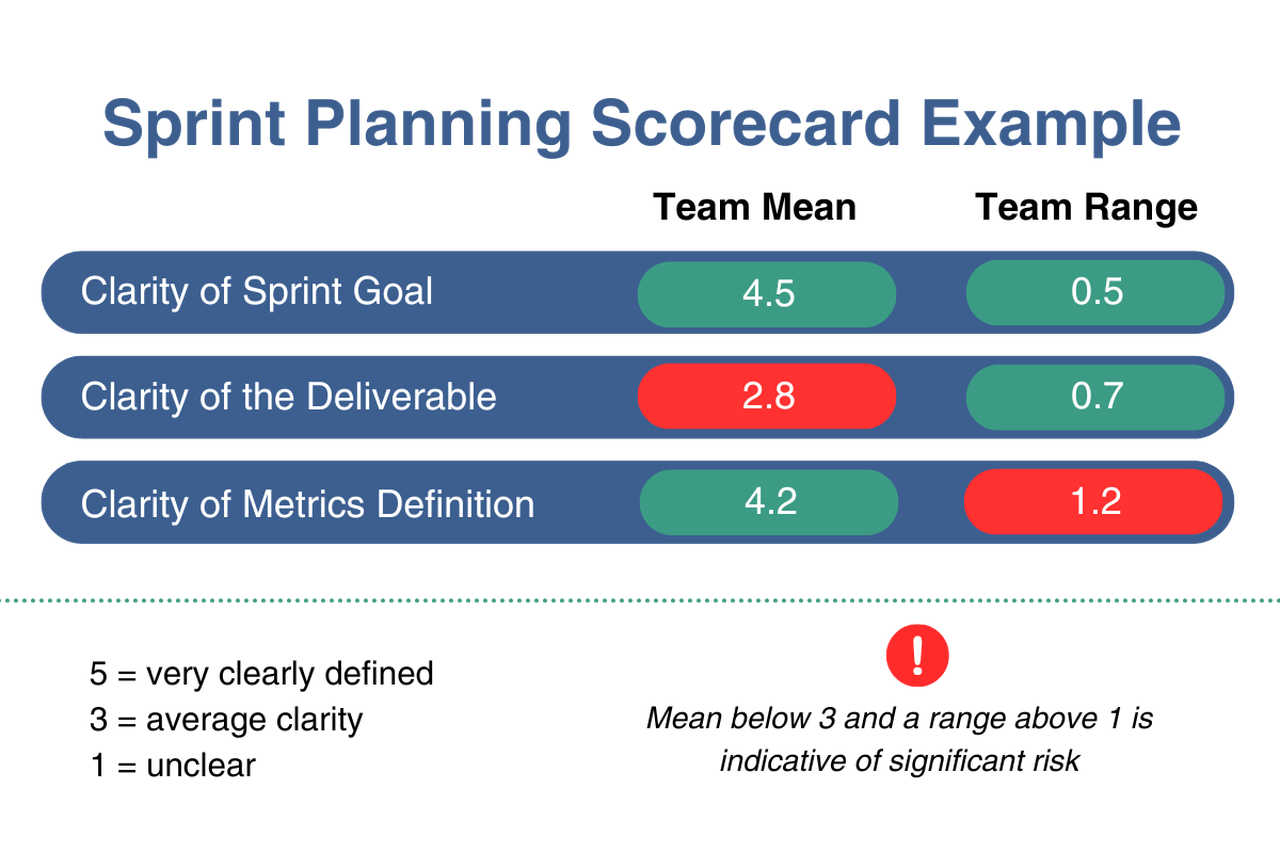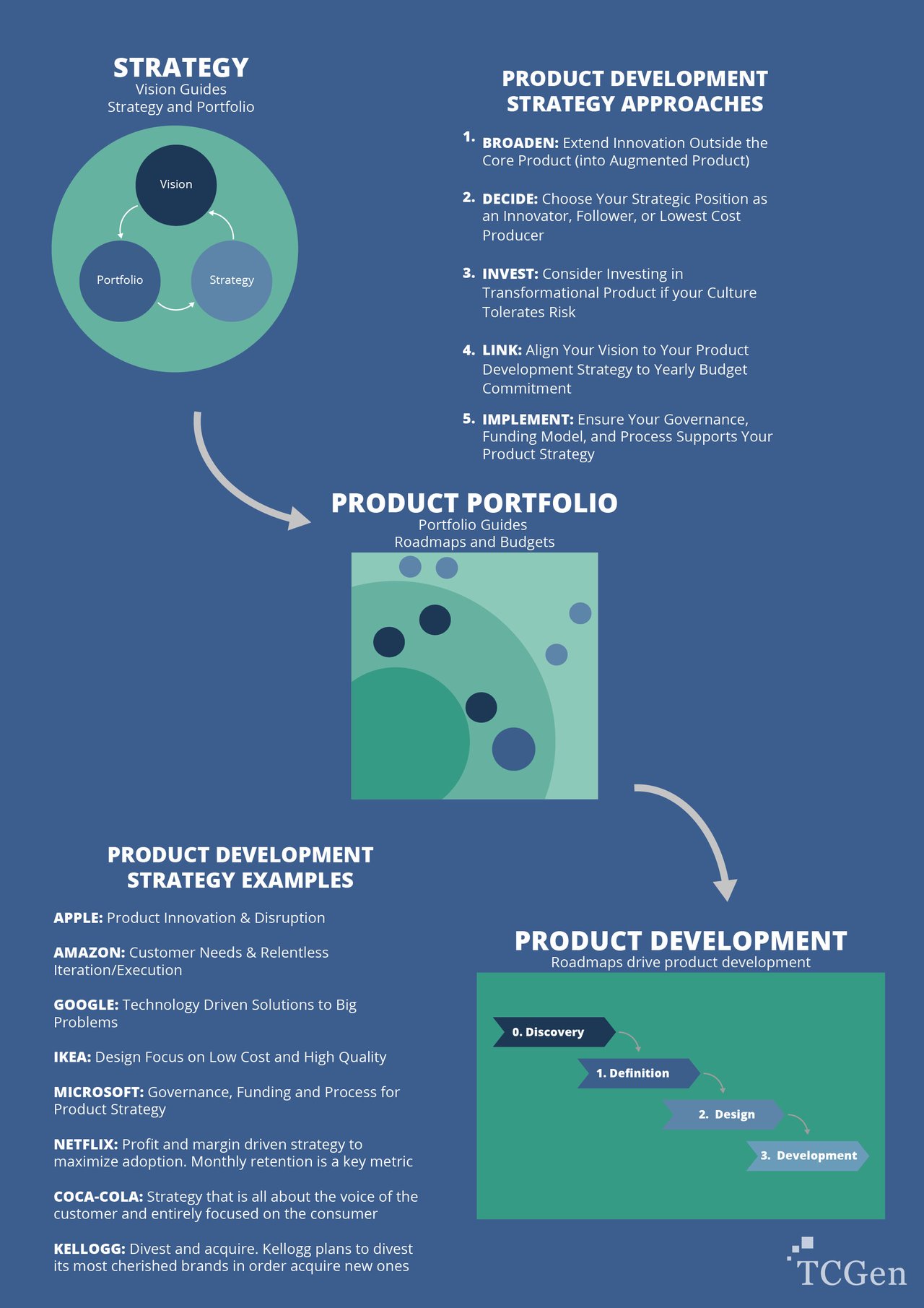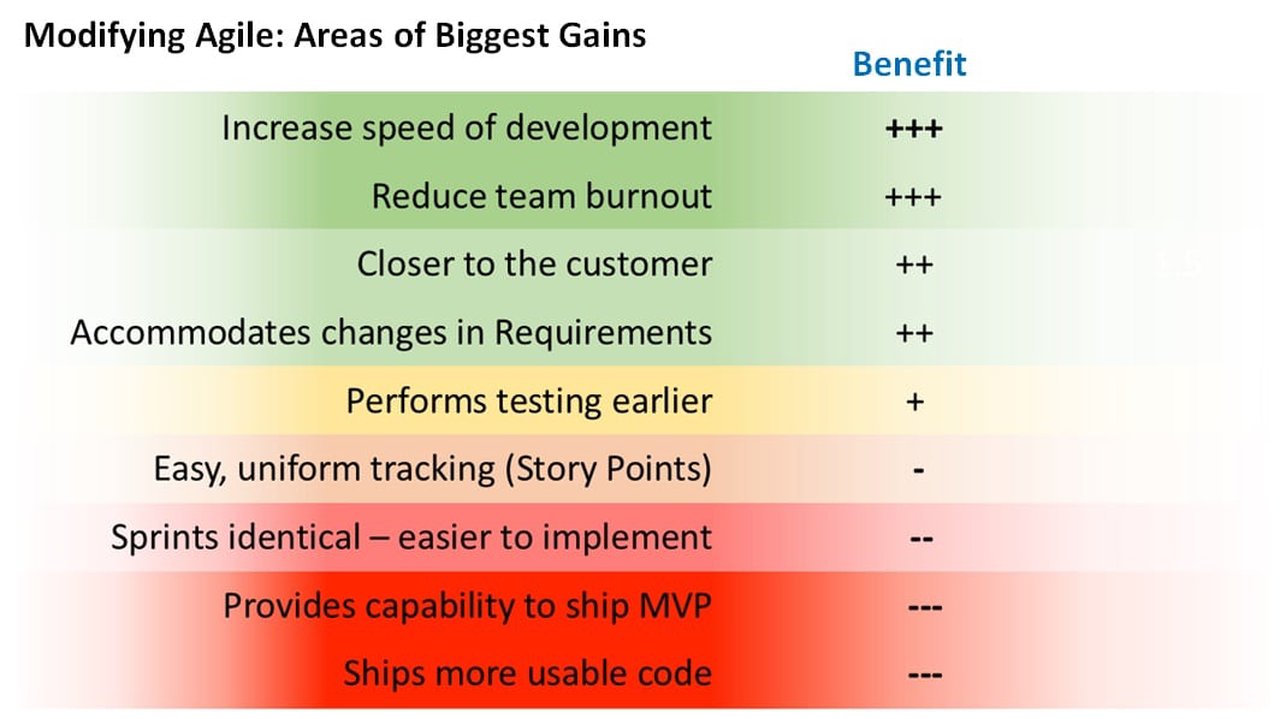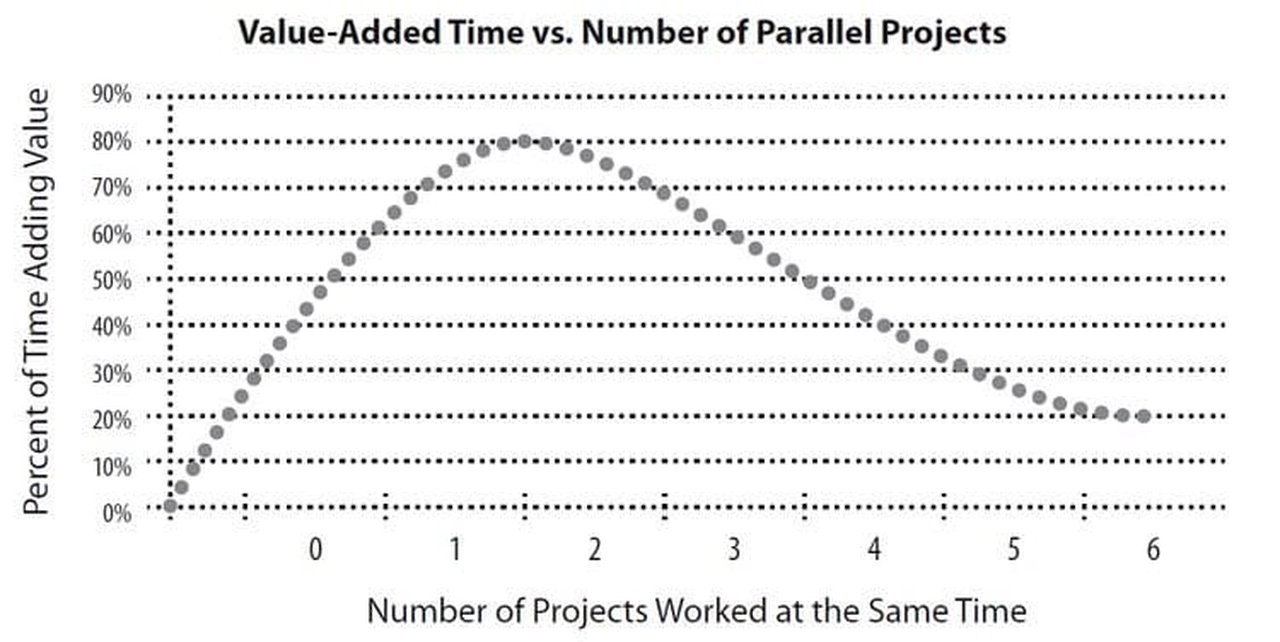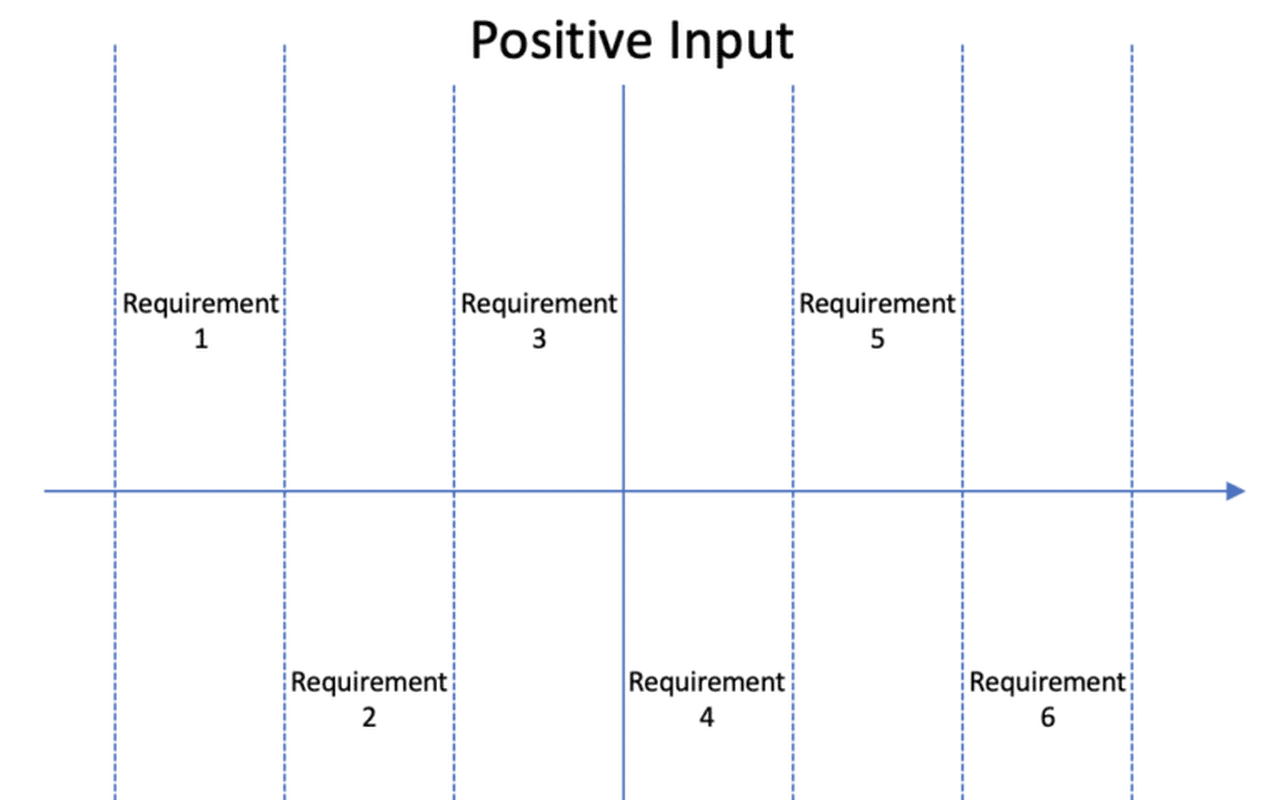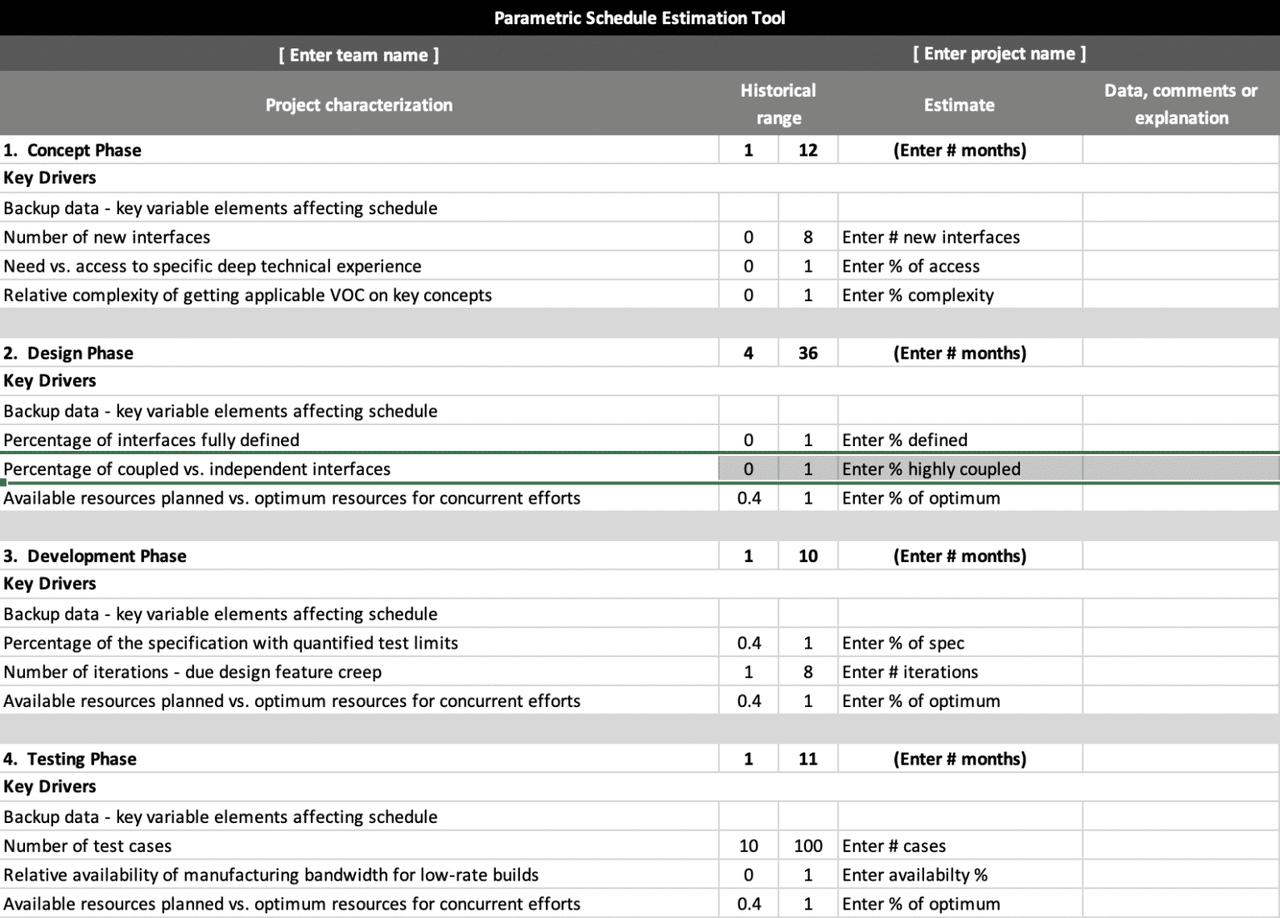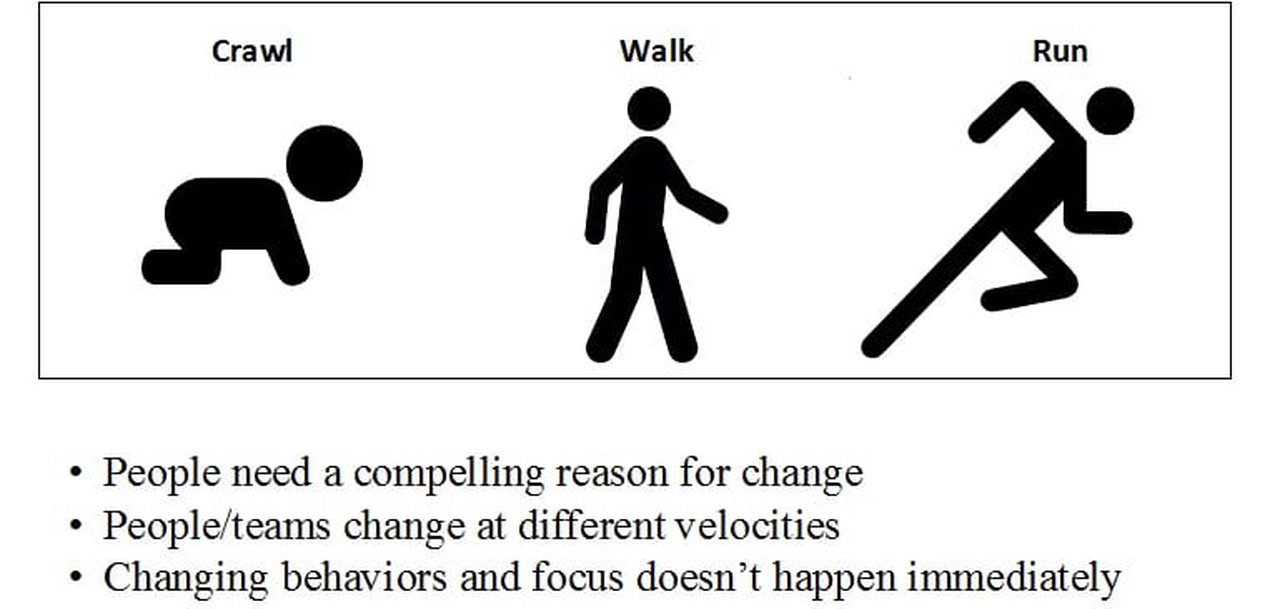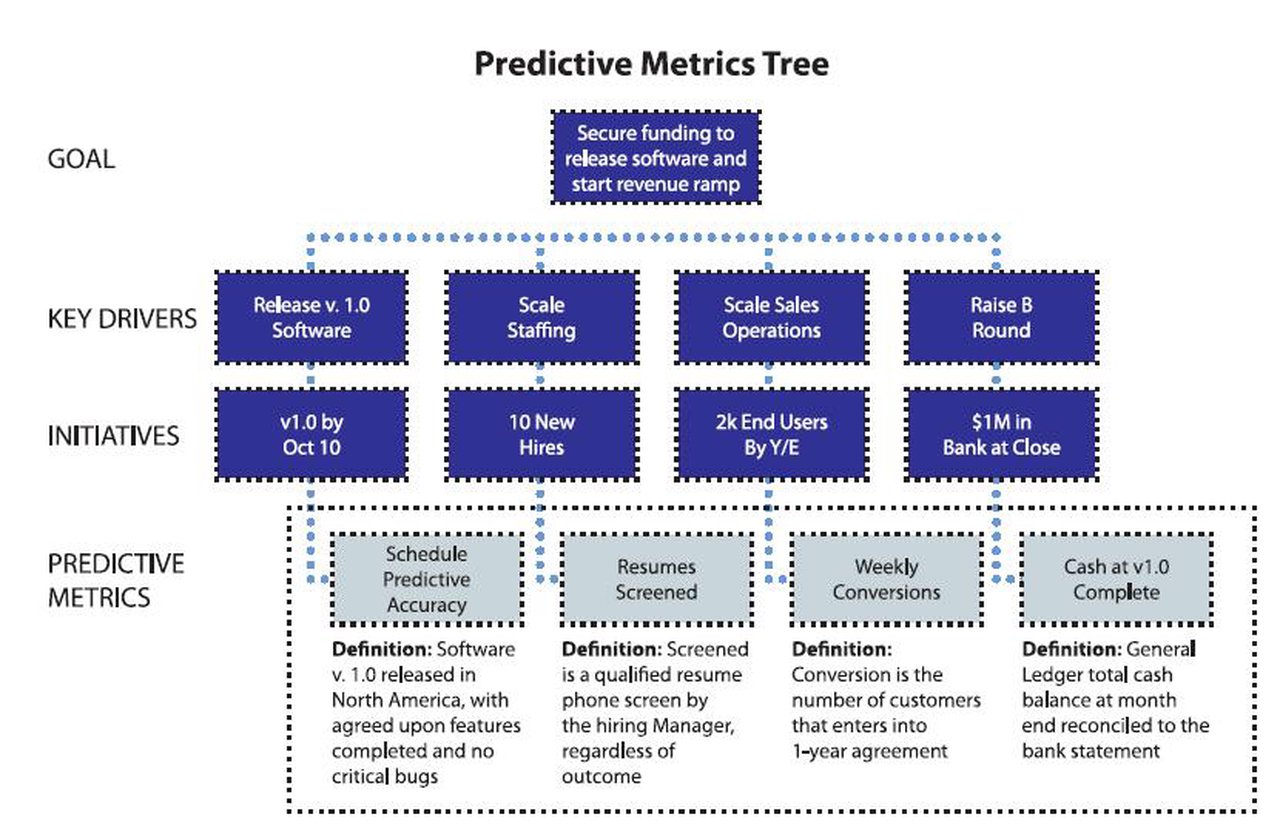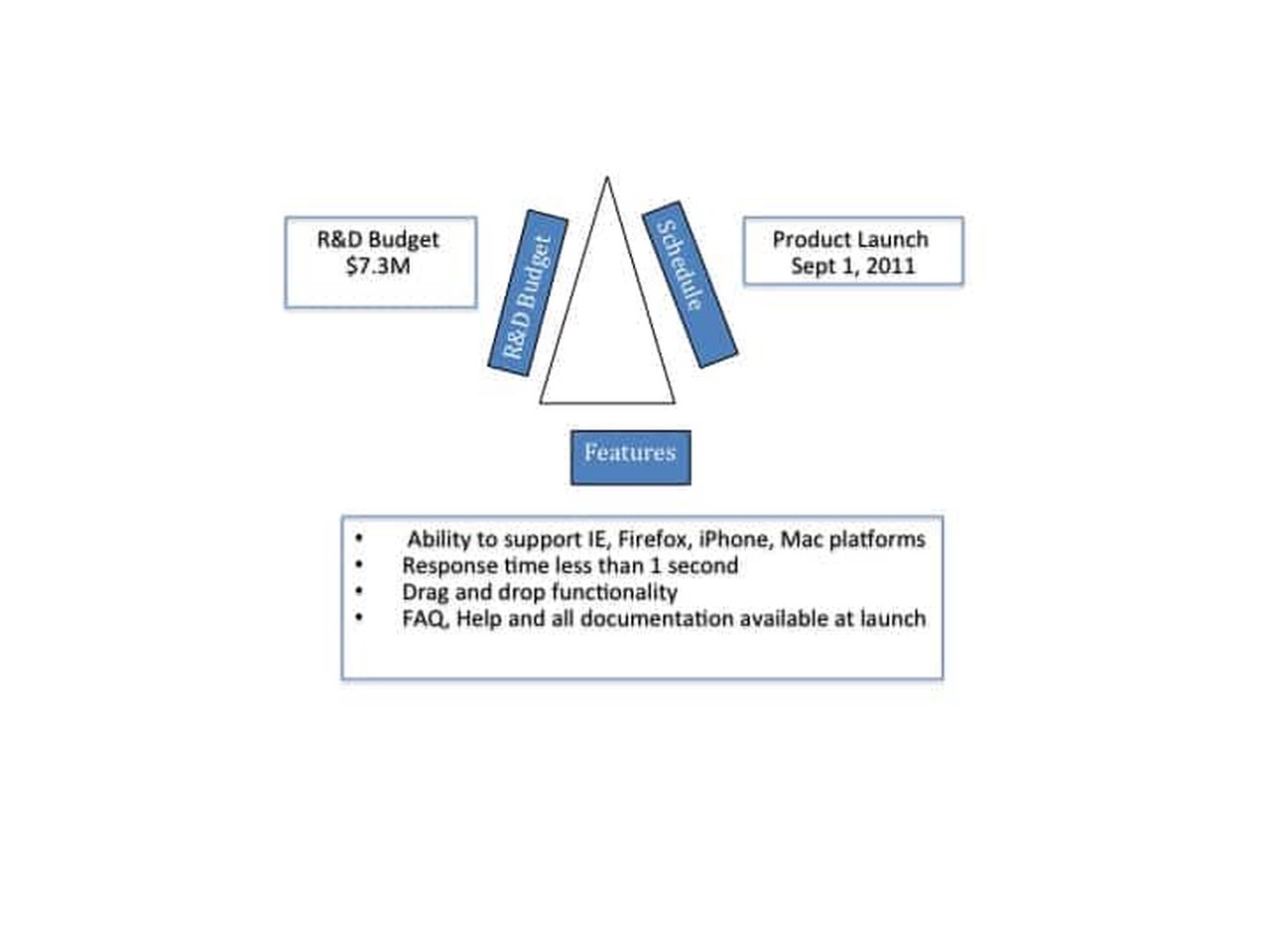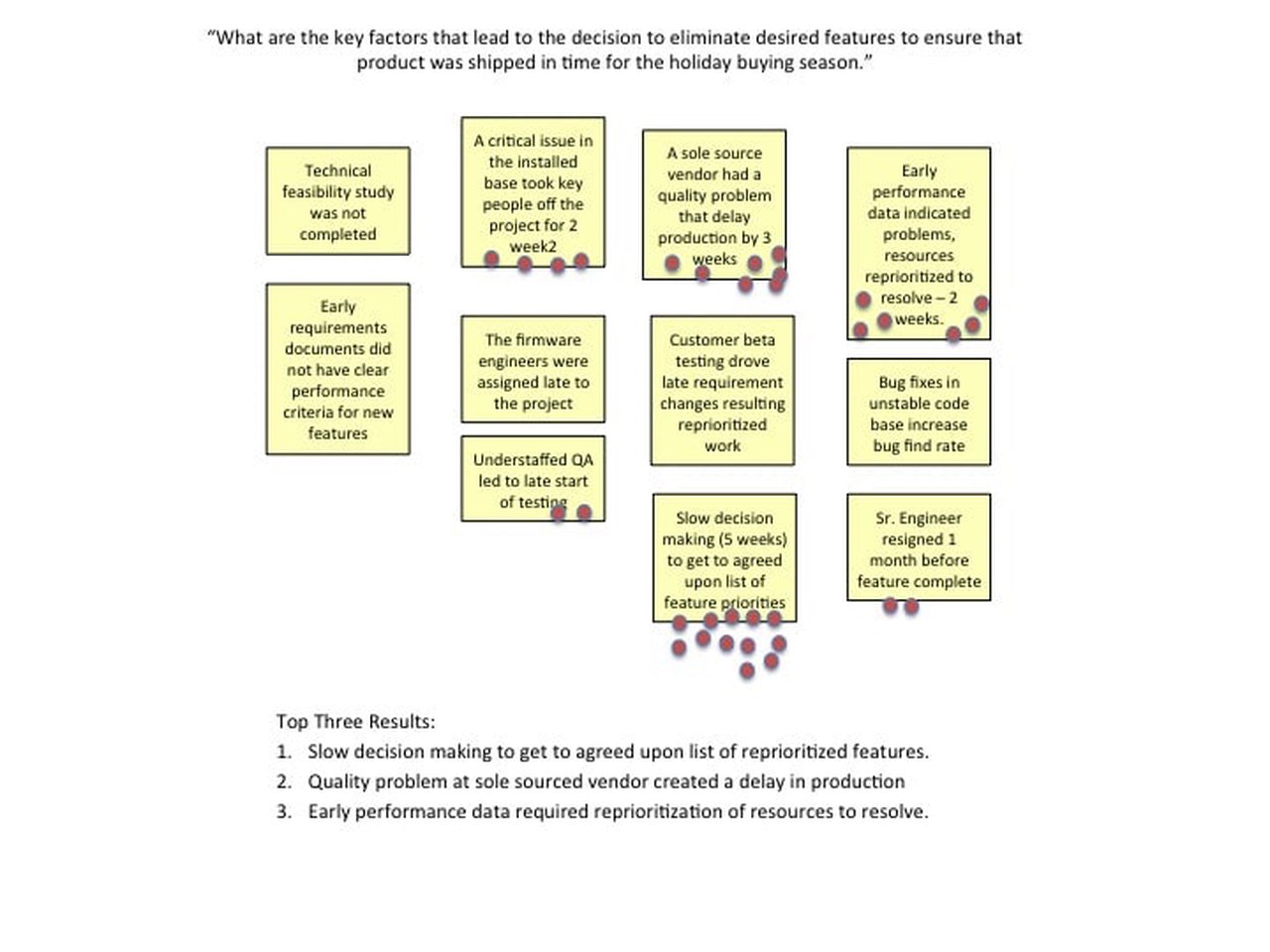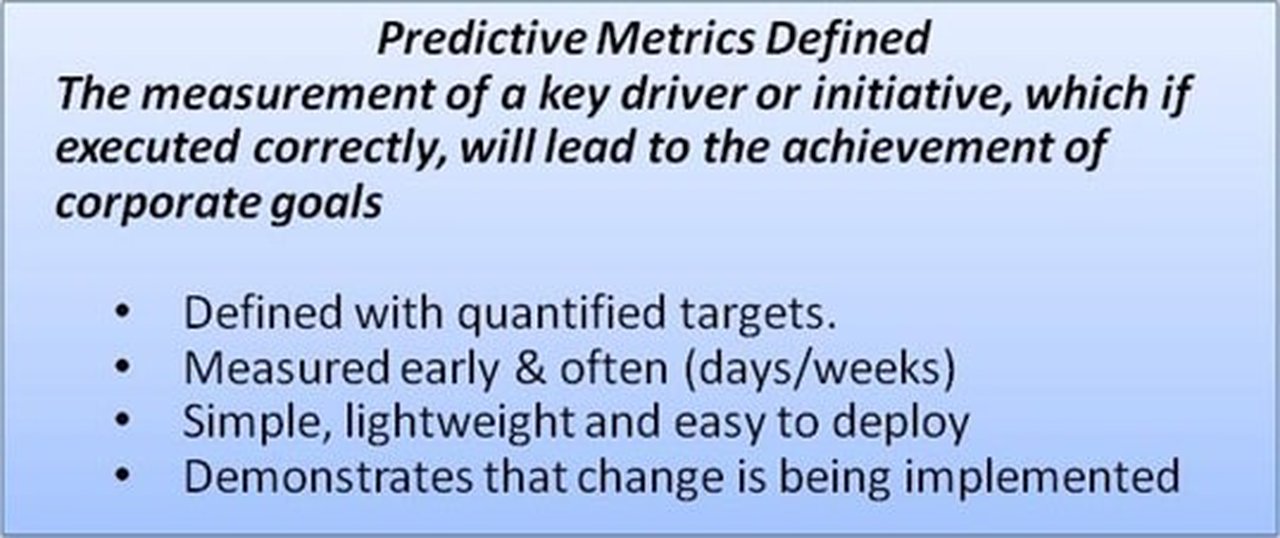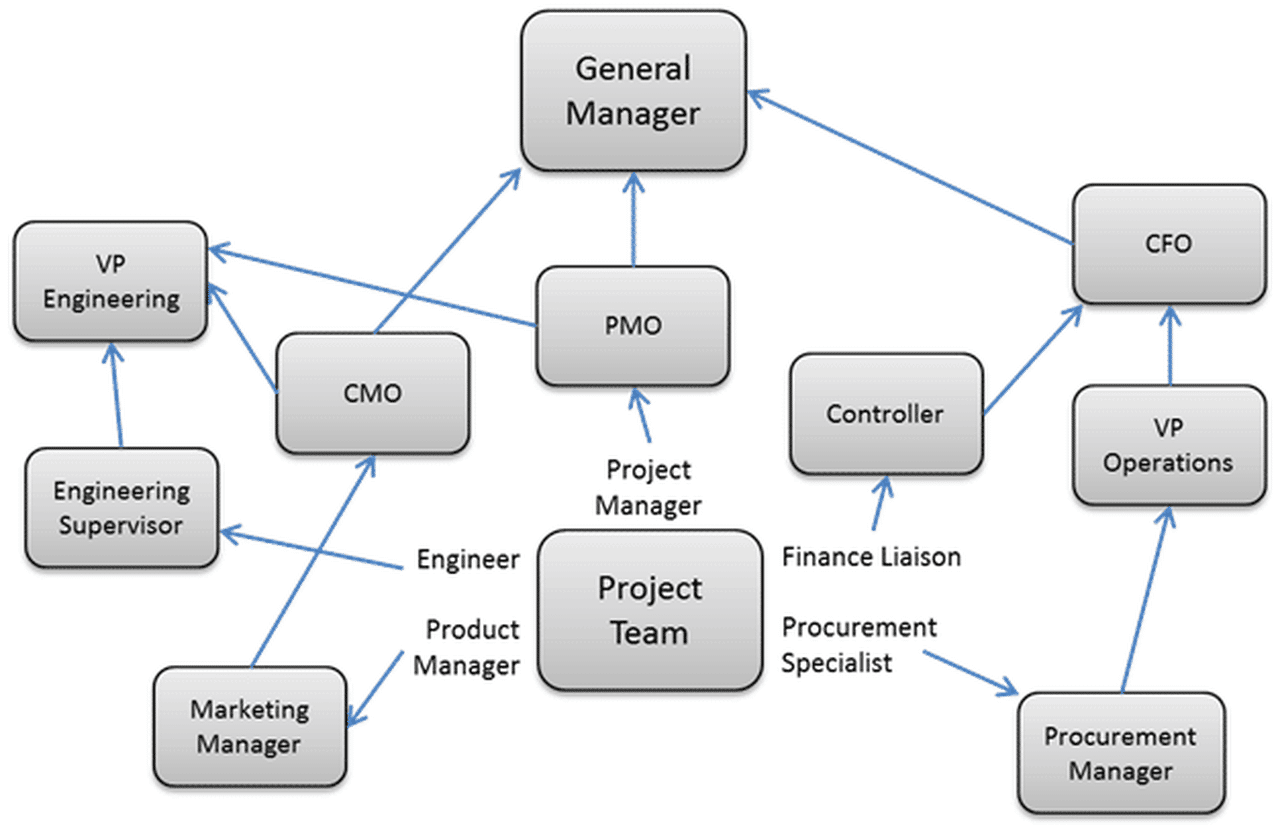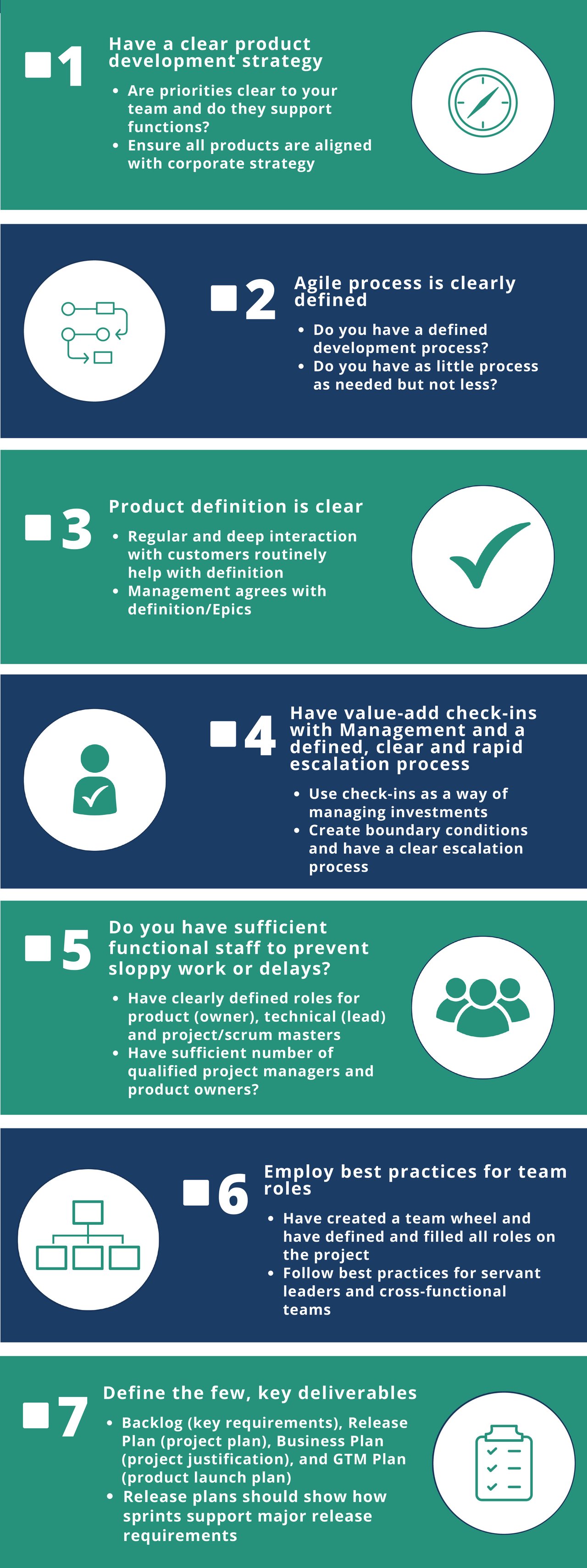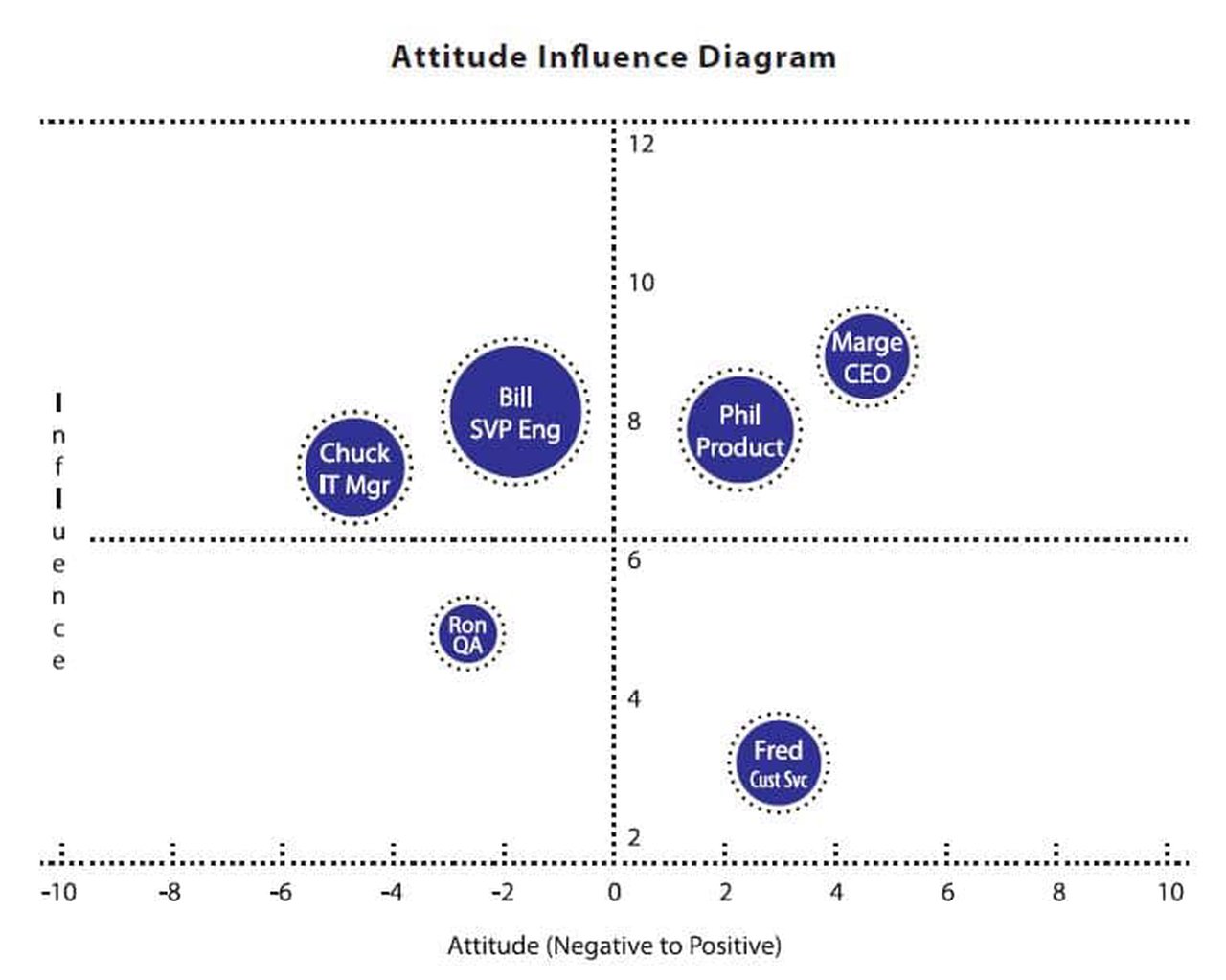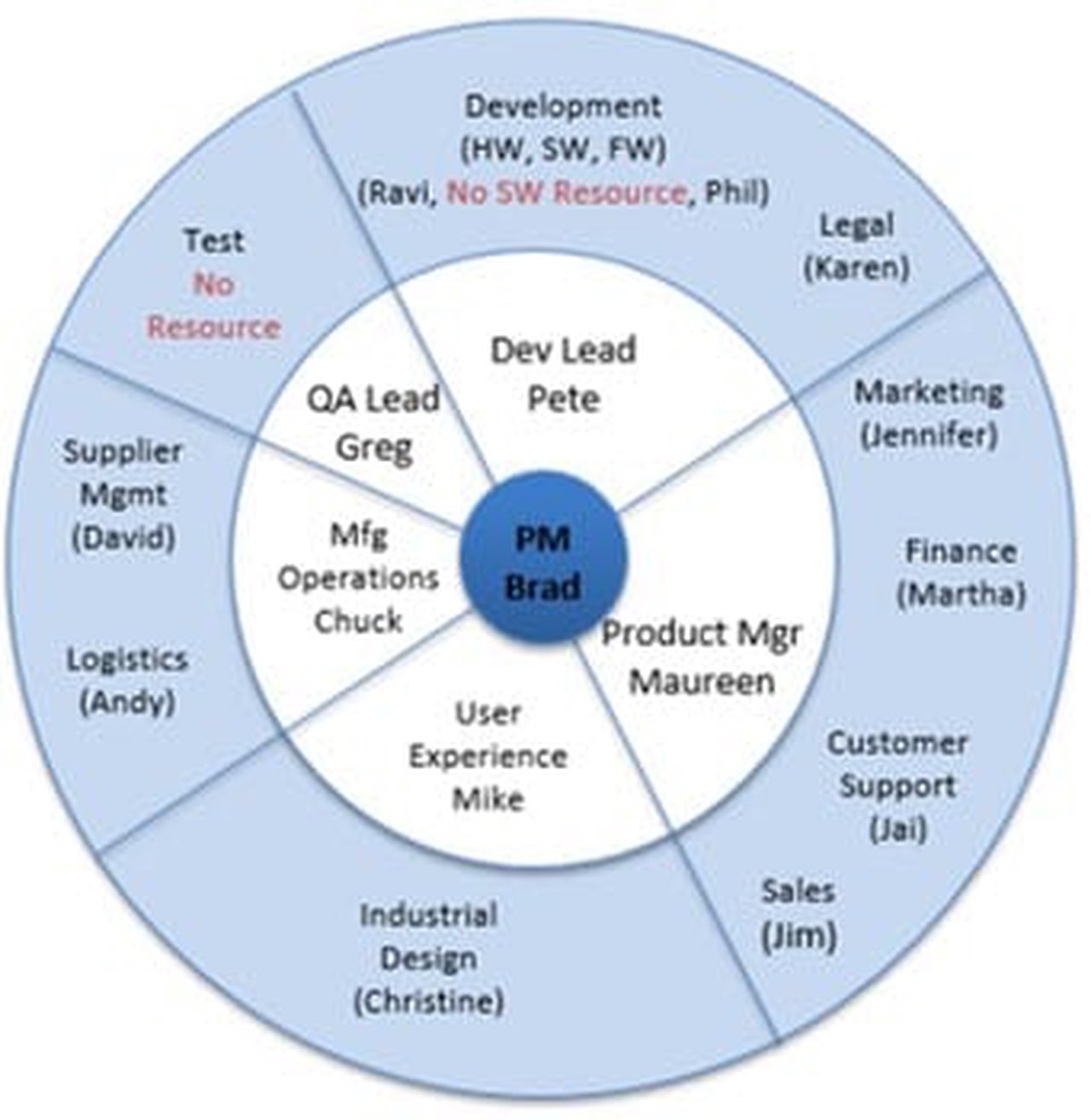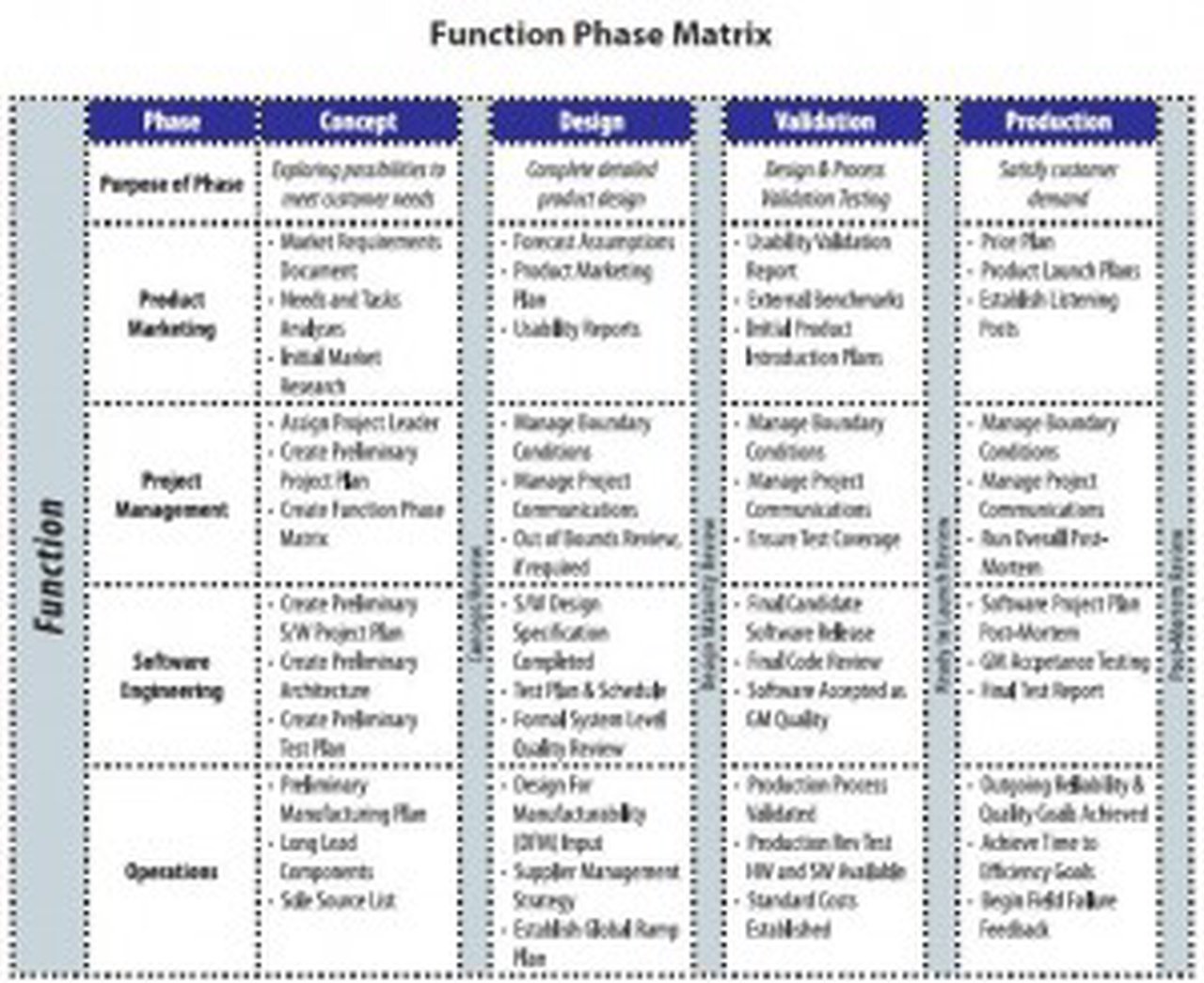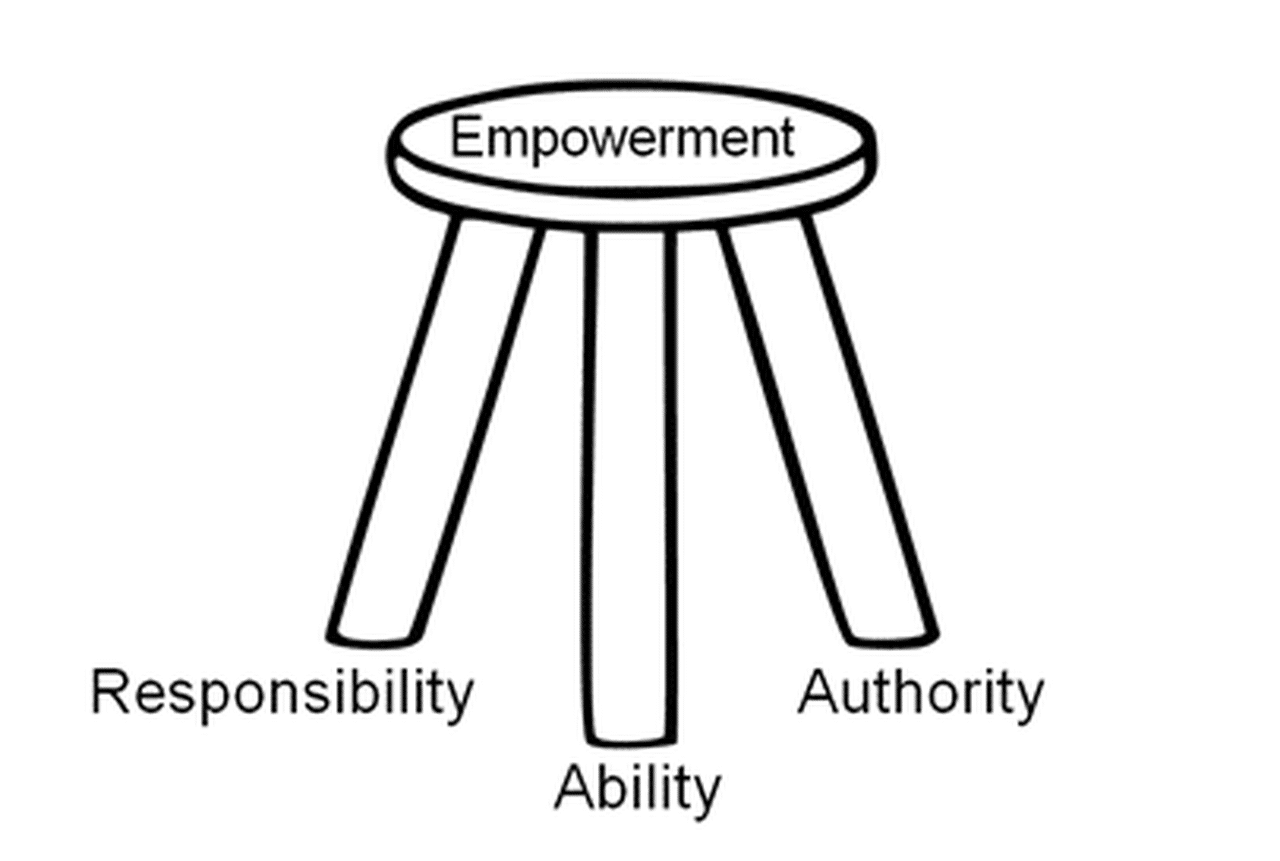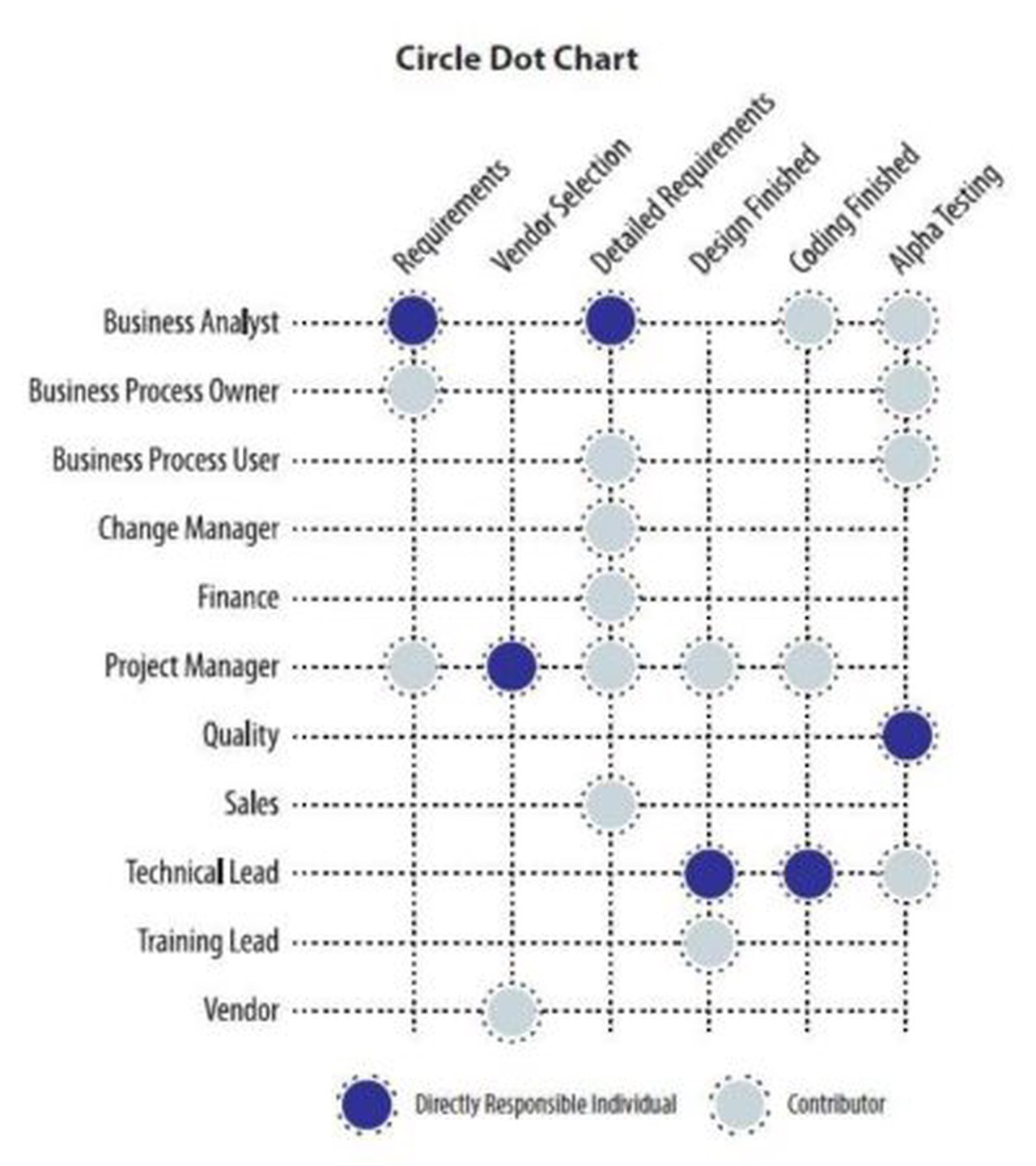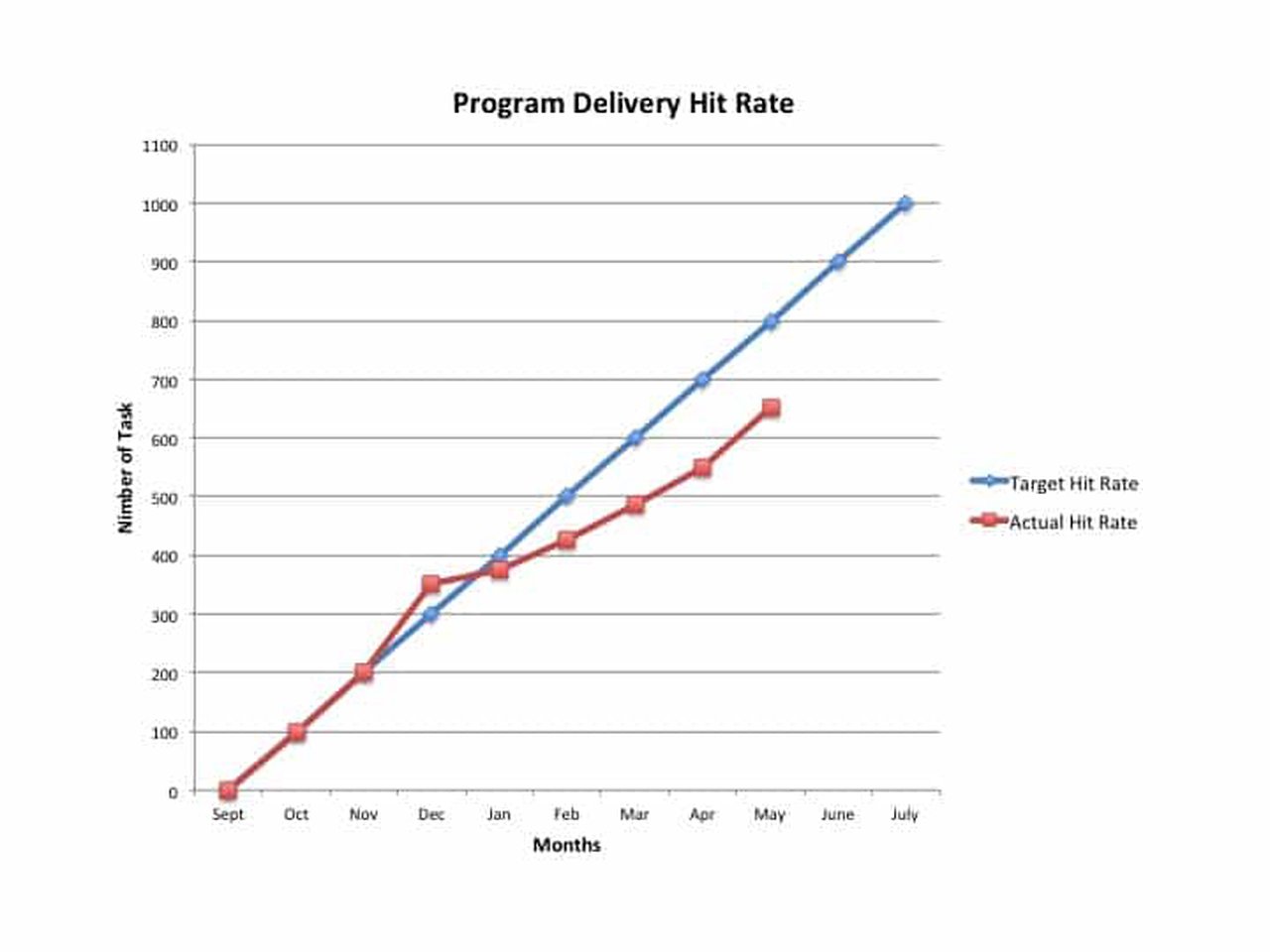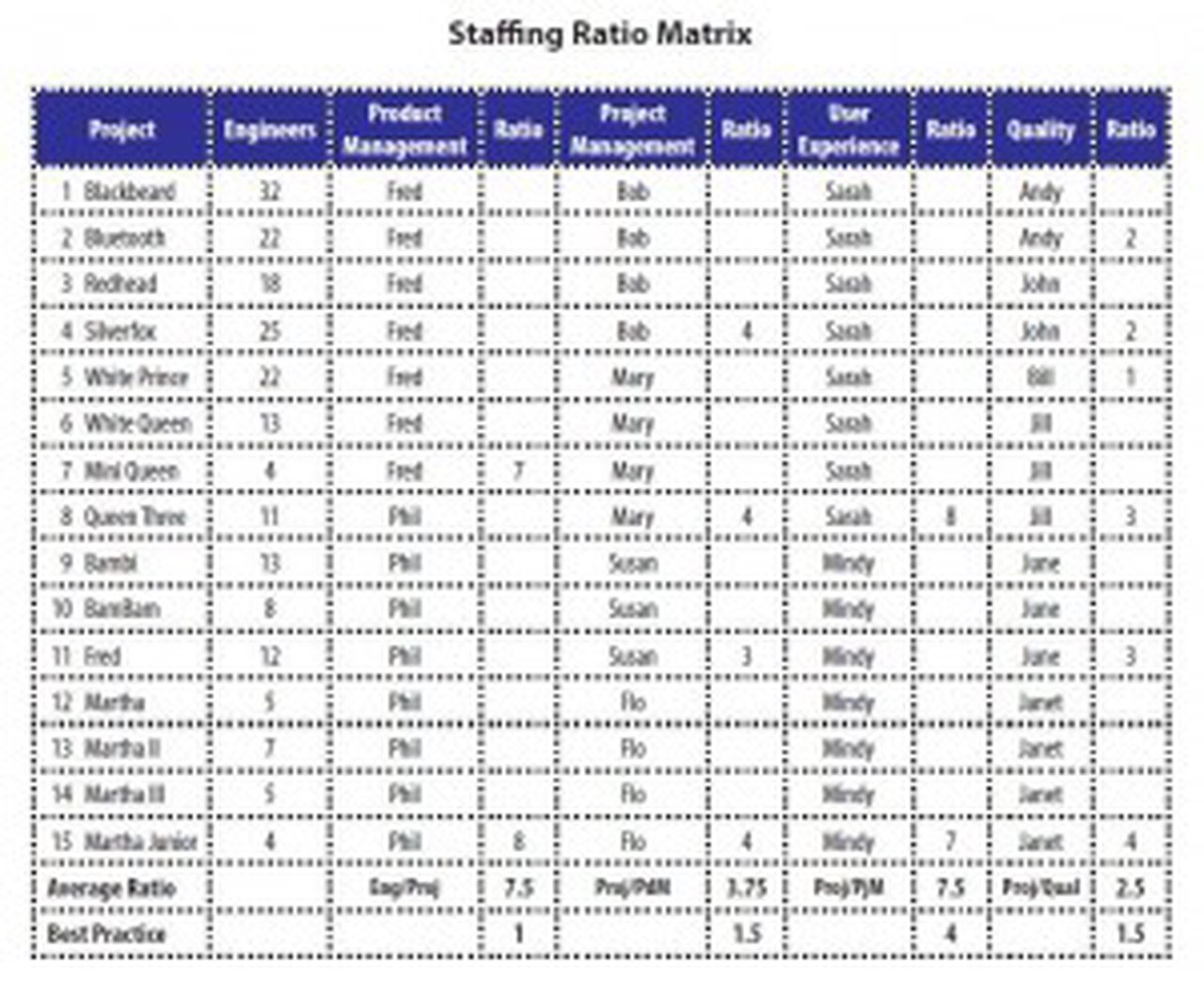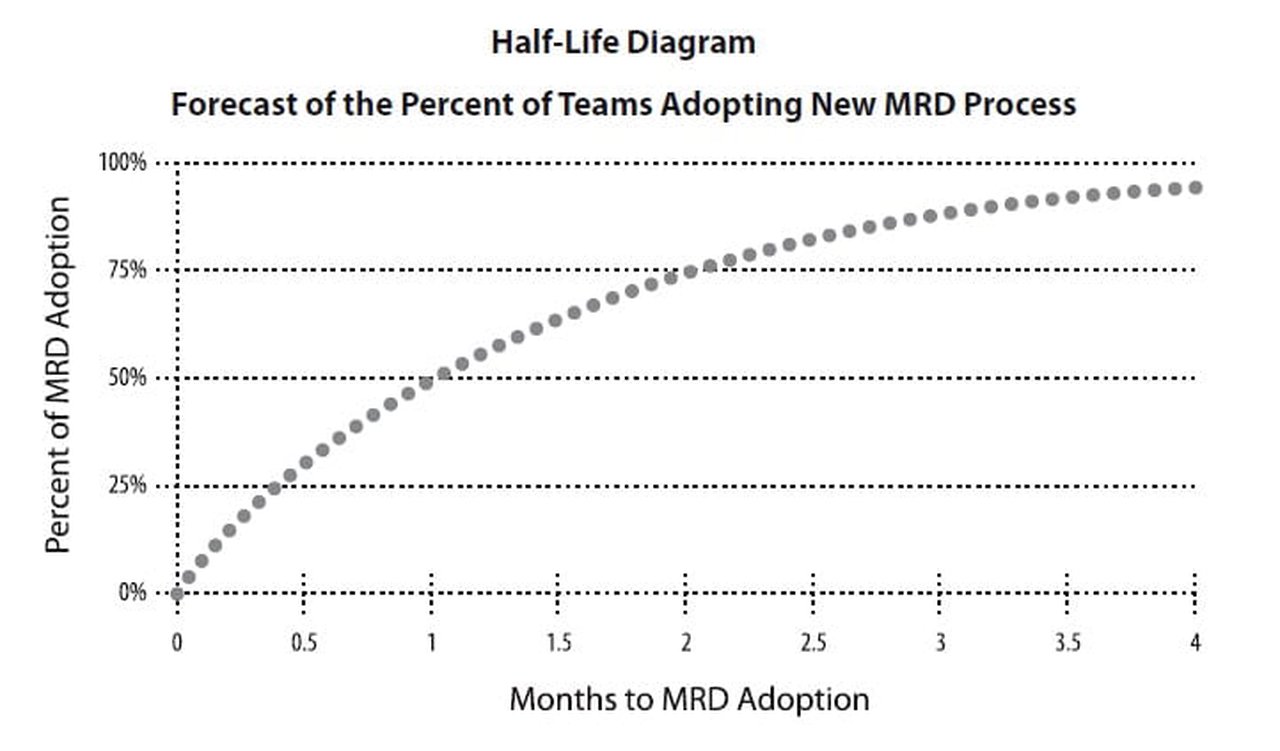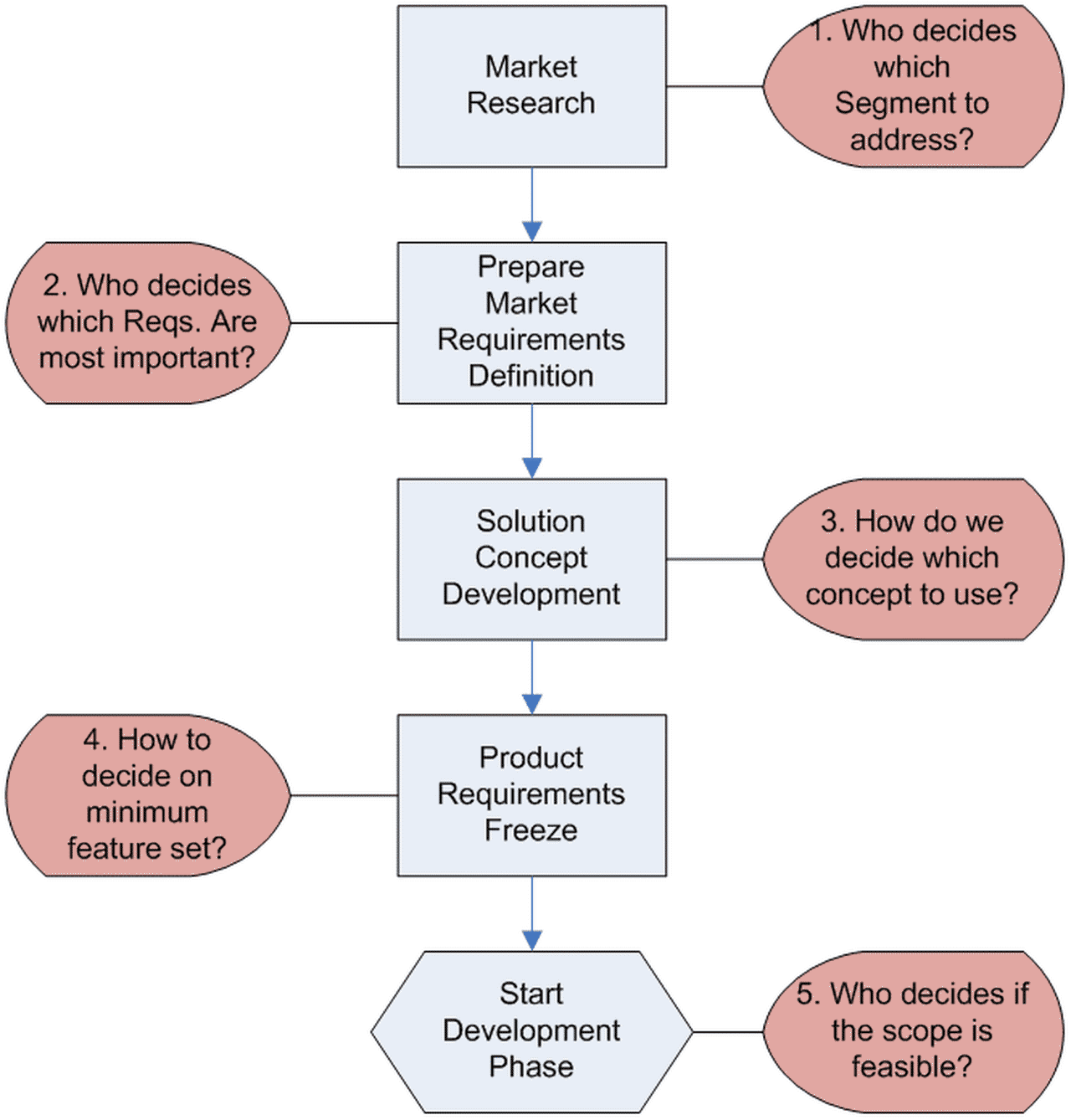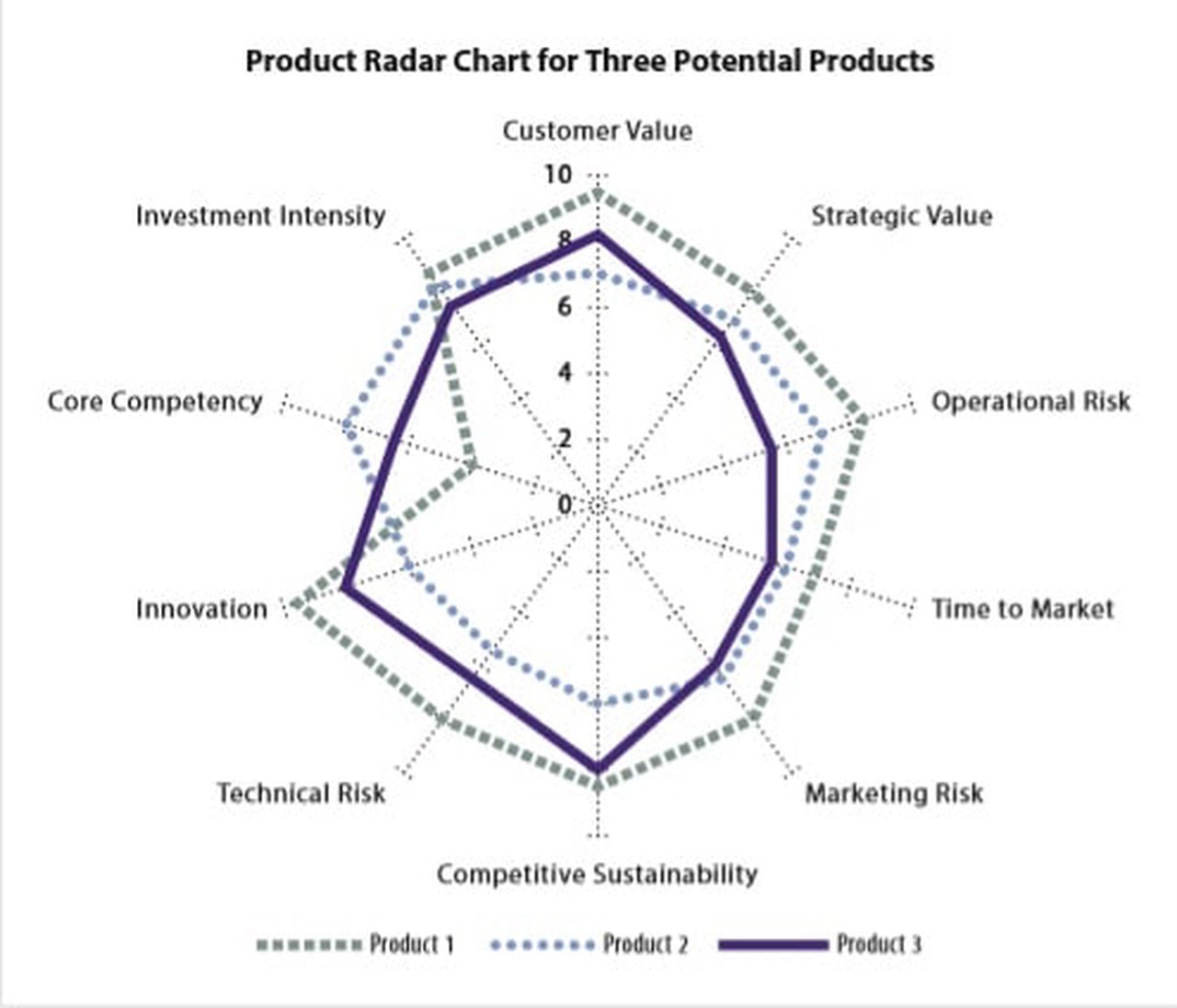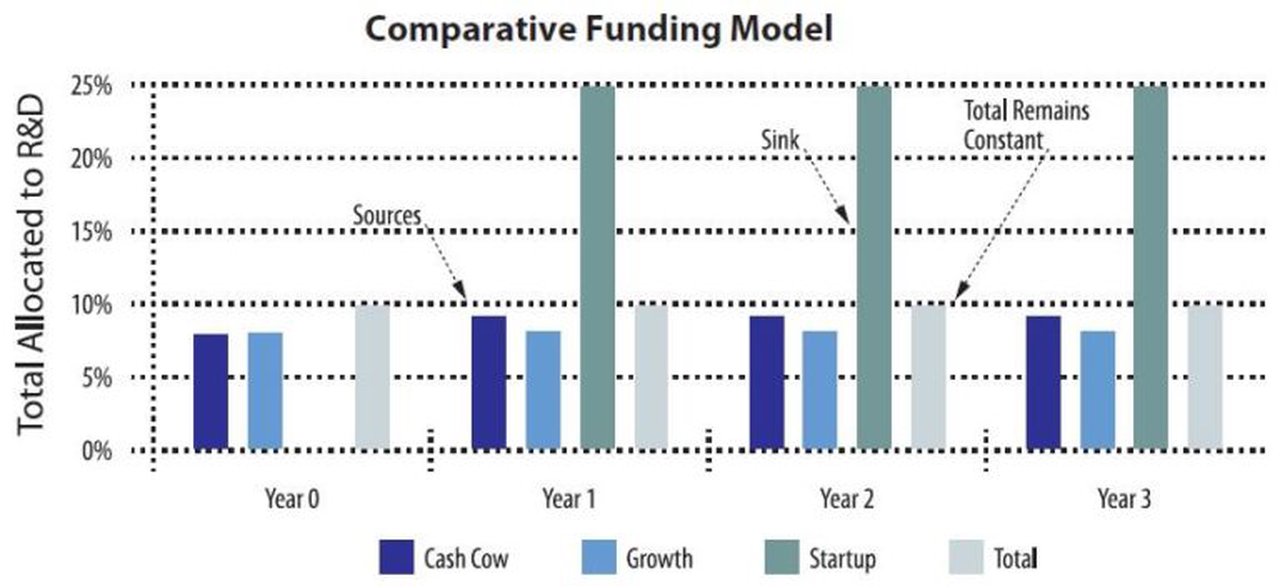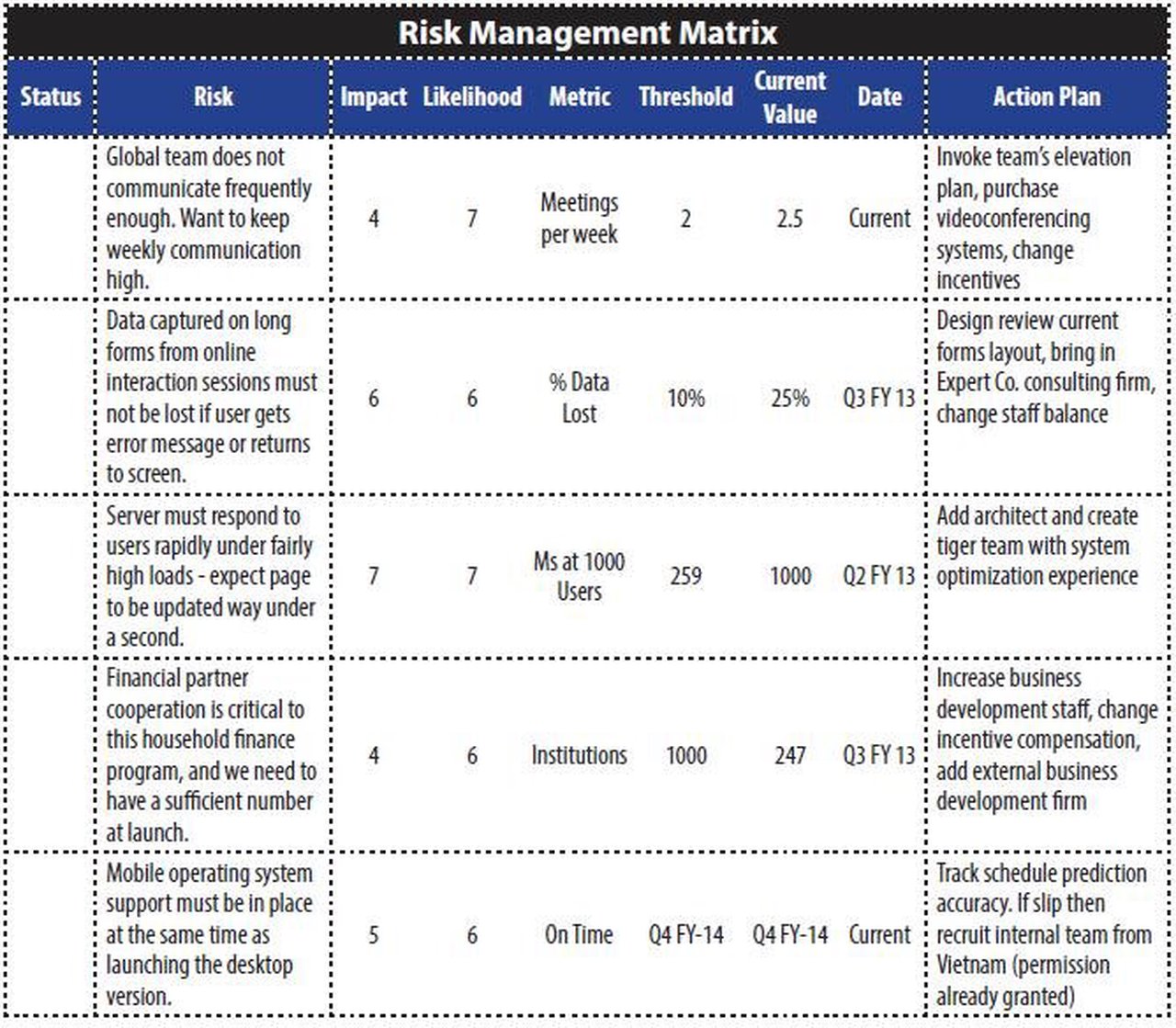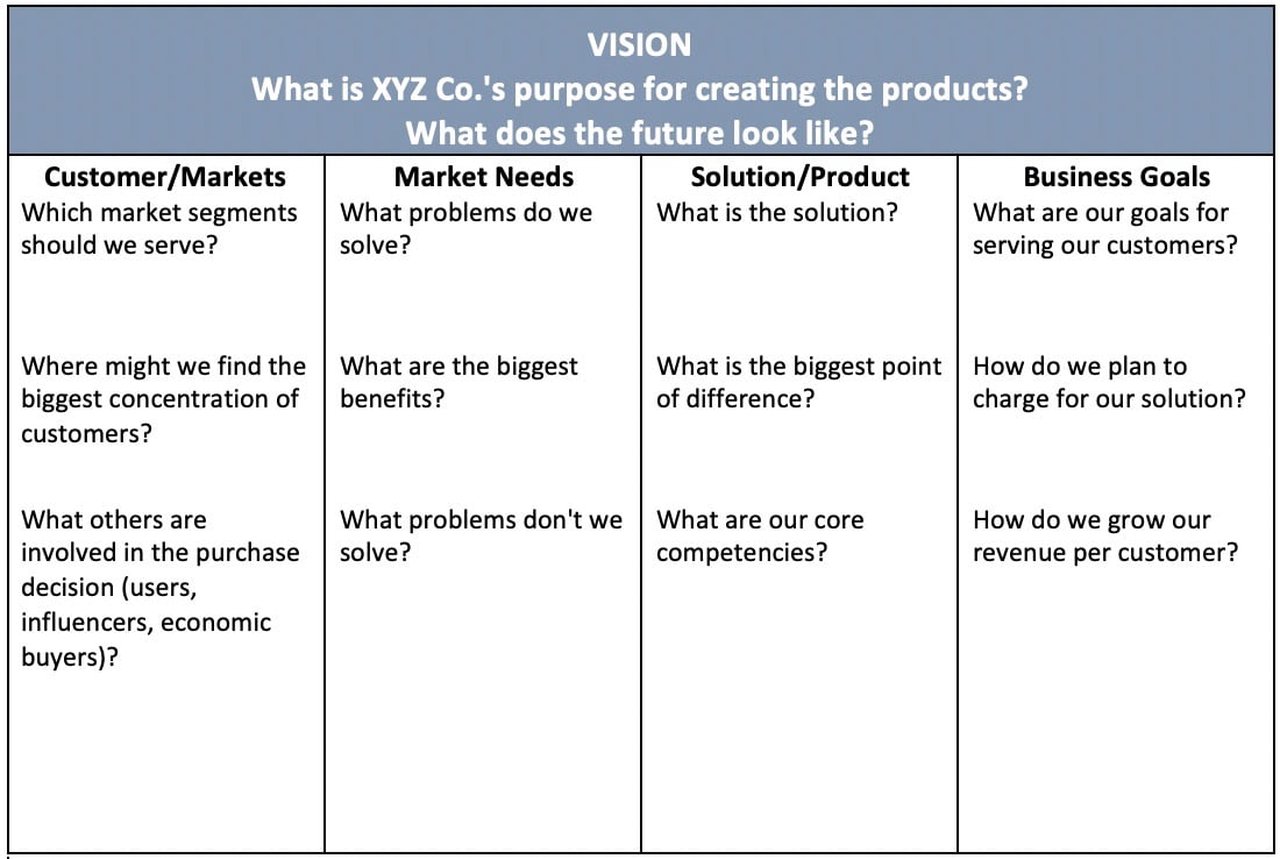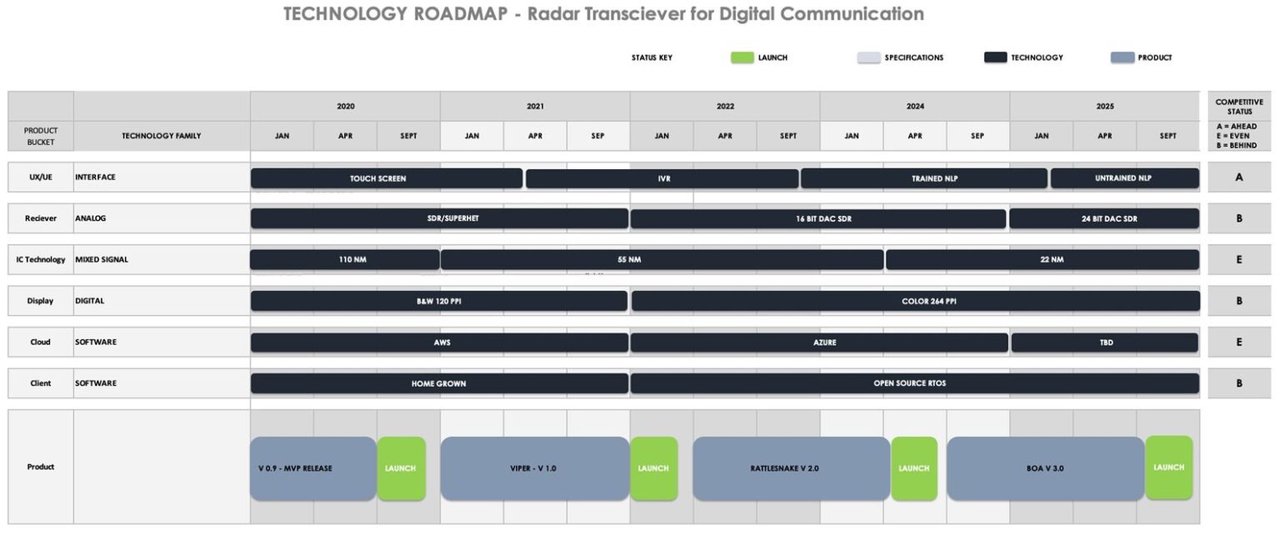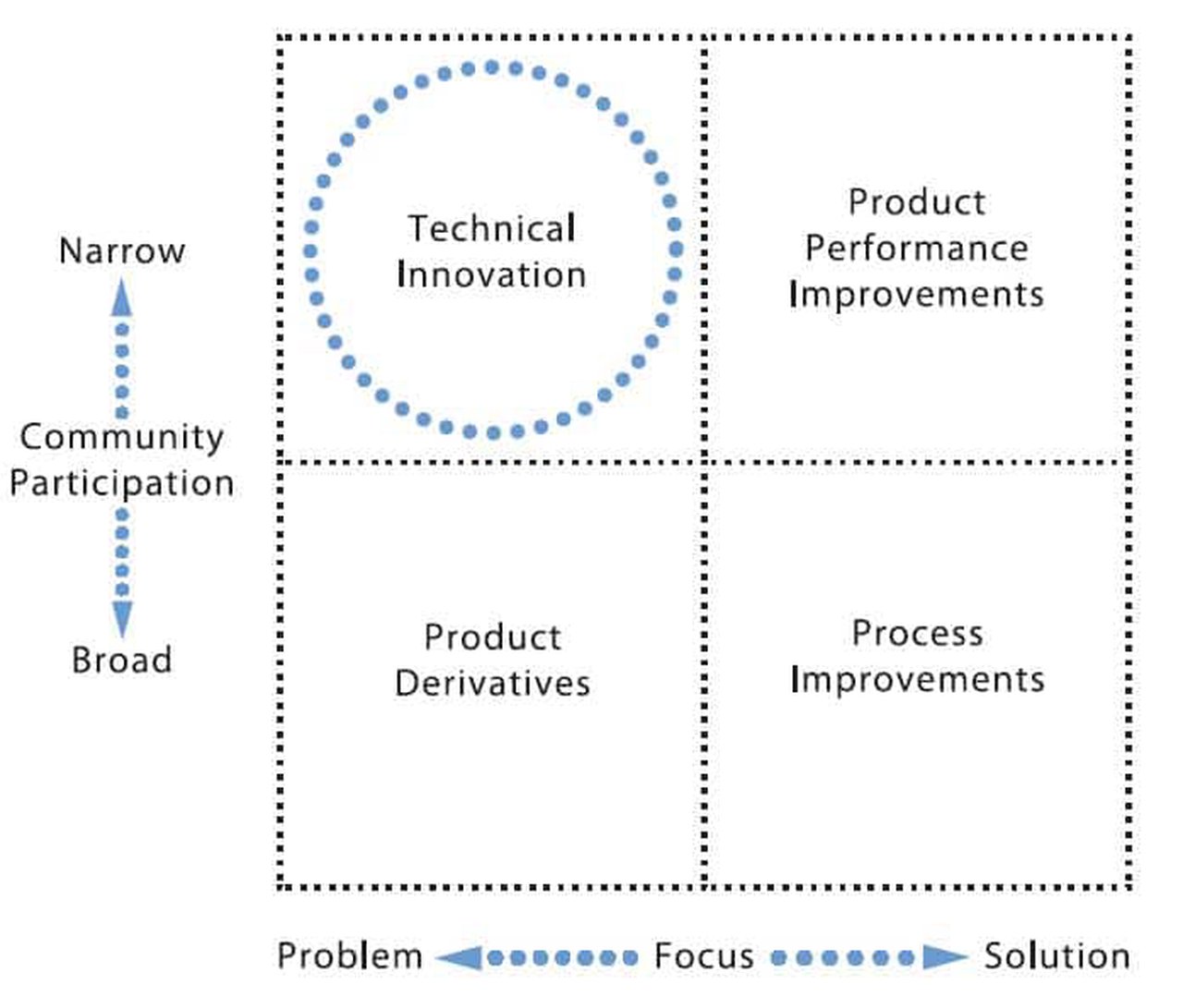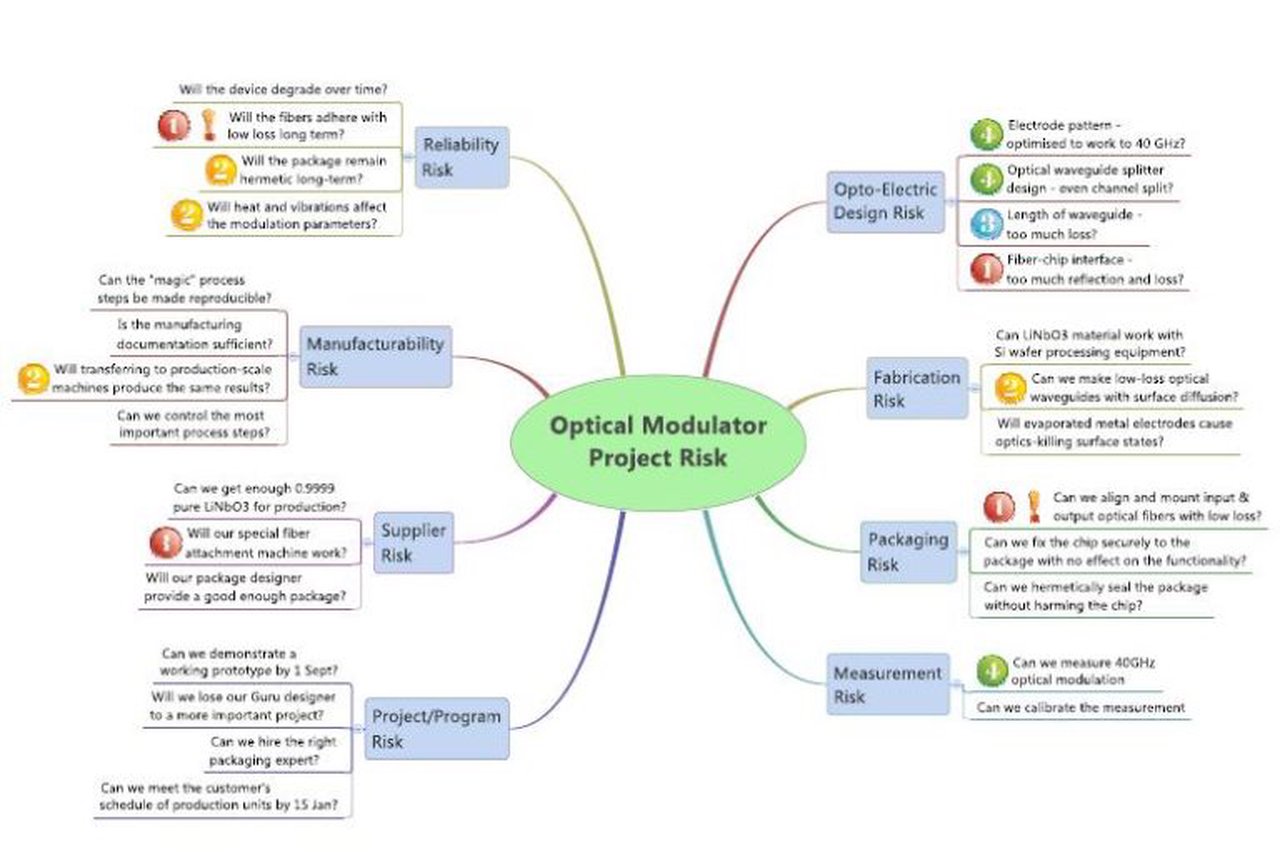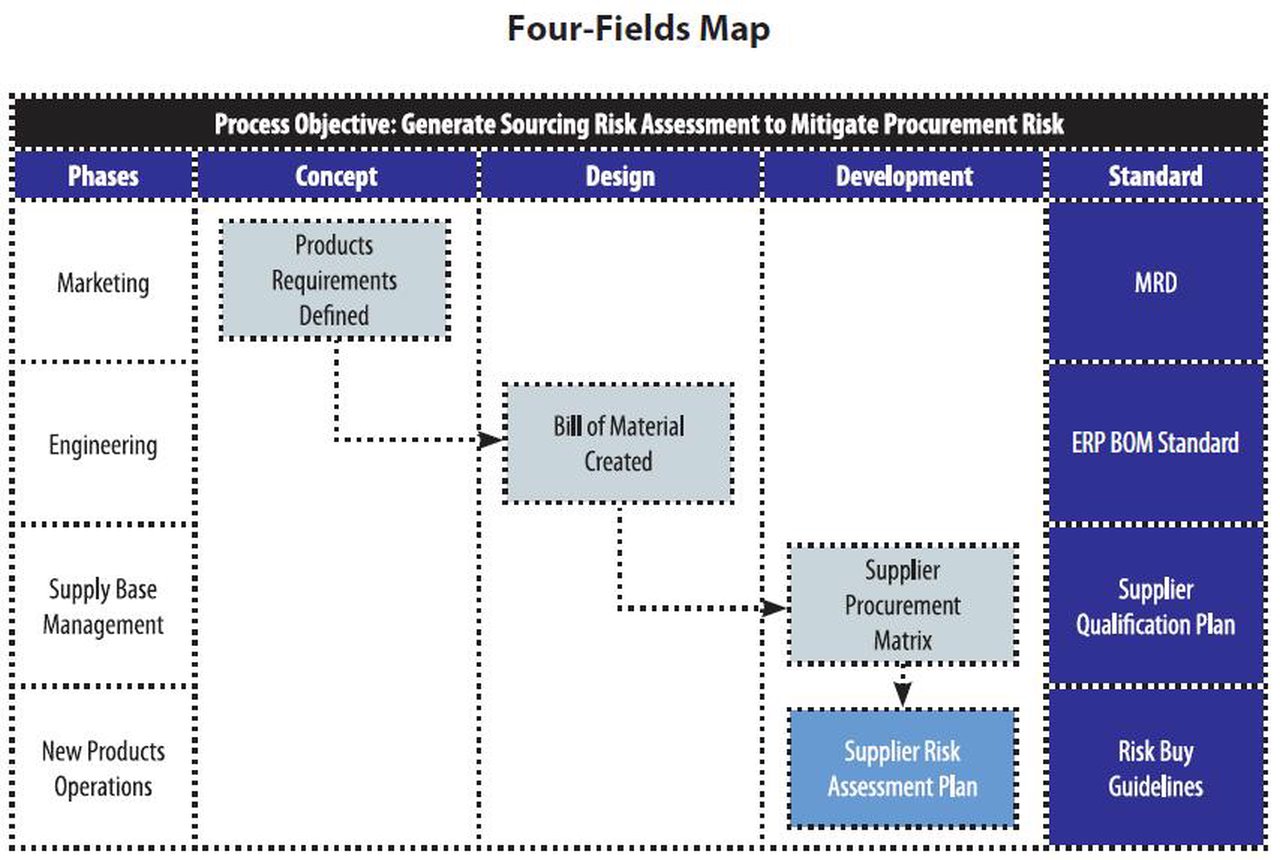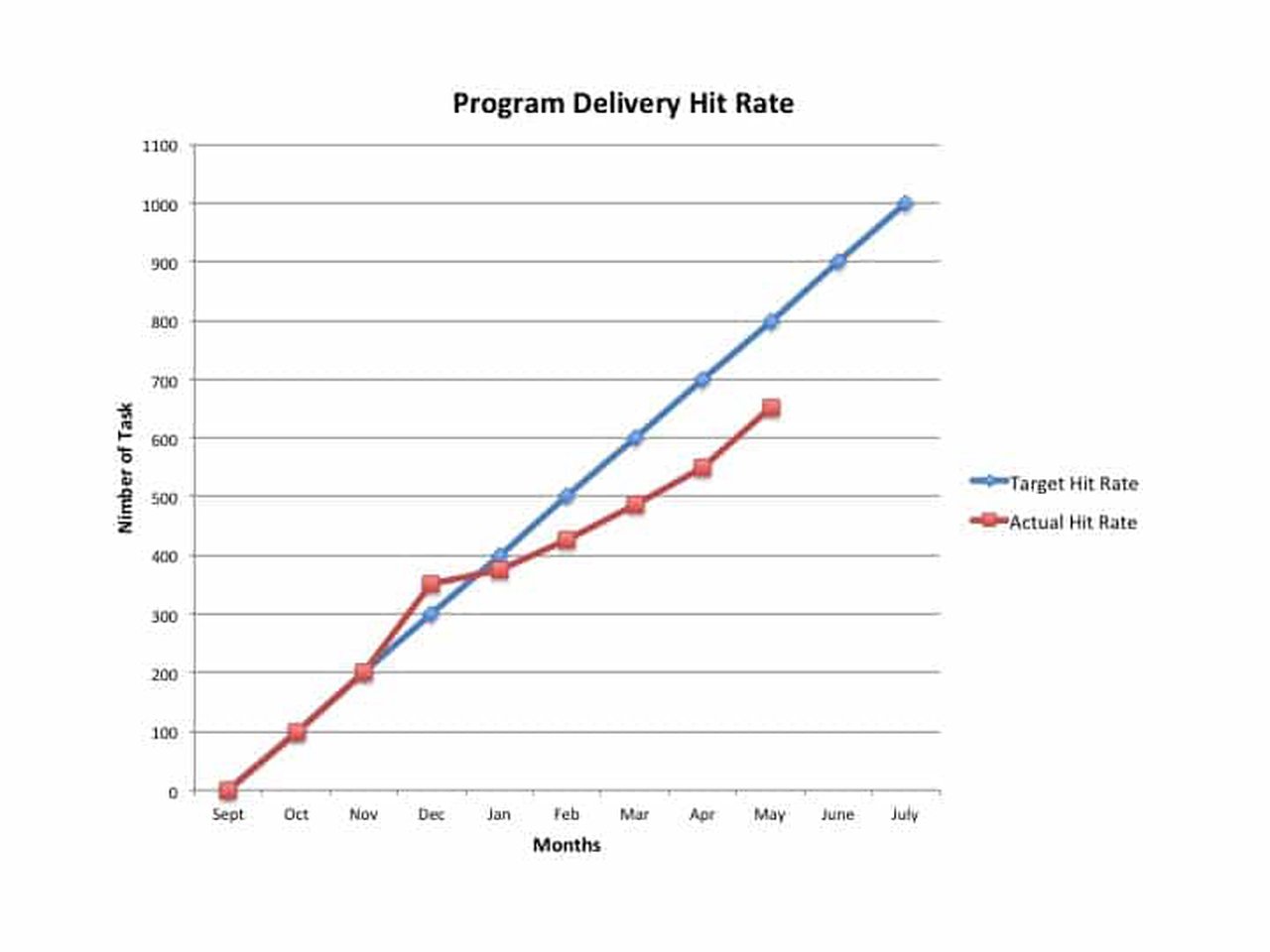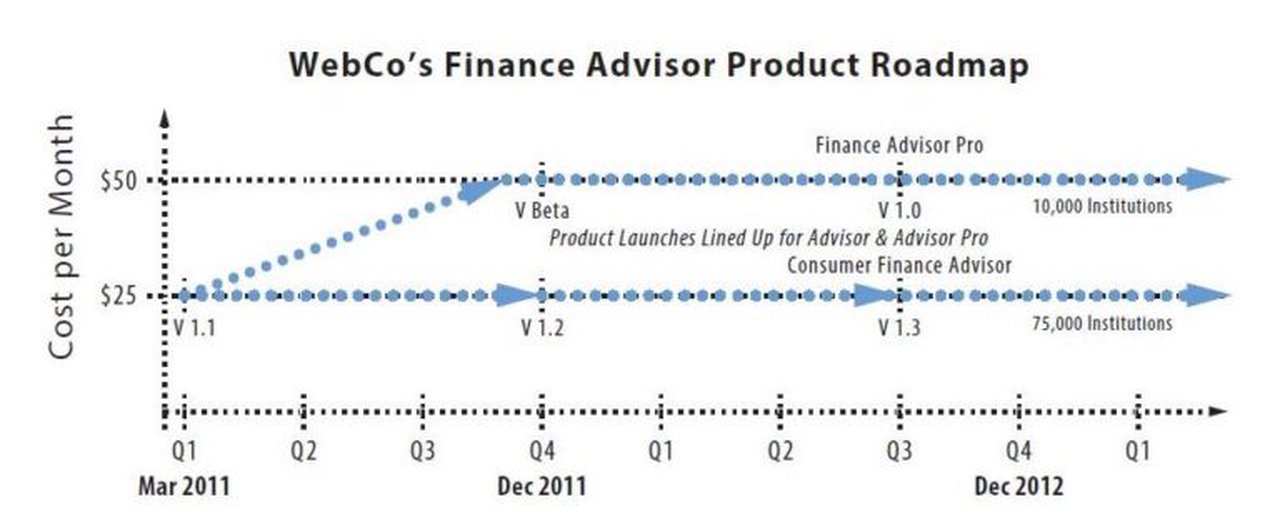Blog
Browse our latest articles on product development, agile methodologies, and innovation strategies.
Seagull Software: Unlocking Speed, Integration, and "Better Together"
Seagull Software case study: How cross-functional agile teams and weekly sprints transformed slow product development into predictable delivery, meeting a critical 10-week board deadline through end-to-end integration and visible progress.
Predictive Metrics - Measuring the right things to ensure project success
Companies are measuring the wrong things and ending up with the wrong results. Many times we get stuck on measuring what’s easy instead of what’s useful. Predictive metrics are a solution.
Product Portfolio Investment Map: Tying Product Strategy to Execution
Product development projects are not all the same. Some represent slight modifications of an existing, time-tested product, a workhorse for your company. Other projects might represent startling, new-
Escalation Process In 4 Steps With Escalation Template
The Escalation Process clarifies the boundaries and channels of decision-making throughout an organization in order to solve the problem quickly and with clarity.
Innovation Best Practices: Creating Better Innovations Faster
Our clients often ask us how they can become more innovative. Some seem to believe that innovation appears as if by magic. Many believe that there is no process for innovation. We have identified three innovation best practices that are research-verified, an end-to-end series of steps that yield the best ideas.
The Sprint Planning Scorecard Increases Project Predictability
Agile is not just for software anymore. Many companies that develop tangible products – be they hardware or mixed software/hardware systems – are applying techniques, like the sprint scoreboard borrowed from Agile. By combining Agile with traditional processes, they are accelerating programs and delivering winning products.
Innovation Strategic Planning Process: A Long Term Horizon for Product Planning
Before projects become products, they are ideas in the minds of your teams. They begin as product concepts, germs of your company’s future growth. How can companies manage the portfolio of product ideas? They use an innovation strategic planning process.
Sprints and Demos: Twin Beacons of Accountability
Two of the most effective and beneficial of these practices are sprint demos. Powered by these twin aspects of Agile, development teams of all manner of products can increase accountability and make programs faster and more predictable.
Project Efficiency: Getting More Done by Doing Less
Managers want to optimize their resources by loading them up and have them do more on the priority list to satisfy the executive suite and improve project efficiency. The optimum load is approximately 2 projects – one large and one small.
Community Product Requirements Chart: Using Communities to Understand Customer Usage
The Community Product Requirements Chart is a tool that provides customer insights and creates opportunities for innovation.
Execution: Quickly Estimating Accurate Project Schedules
The Lite Schedule Estimating Matrix is a tool that helps to estimate the amount of time a project will take in any given phase. It leverages past experience combined with the critical few, key drivers that impact a project’s schedule.
Don’t Let Functional Silos Kill Your Agile Implementation
Functional Silos lets the organizations to destroy Agile Implementation. When functional organizations do not support the transition to Agile, your implementation is defeated before it begins.
Why Retrospectives are a Waste of Time
Preparation is key to a winning retrospective. The most important goals in most programs are time to market, a winning feature set, and quality. The best method is to collect the events that impacted these factors using a timeline.
Predictive Metrics Tree: Measuring the Behaviors That Drive Results
The Predictive Metrics Tree is a tool that ensures that what you’re measuring helps you achieve your program goals. Learn to create Predictive Metrics Tree.
Getting a Project Back on the Rails
Setting “project boundaries and conditions” at the time of a project’s approval is an effective way to create a “contract” between the management and project teams.
Your Company Is Not Investing Enough in Engineering Productivity, And You Know It!
Organizations are failing to take a stake in improving productivity in engineering, a core process that is the engine of top-line growth.
Dot Voting – Evaluating Ideas, Prioritizing Action
Dot Voting is a process in which a team can take a large amount of data and quickly gain focus on the most relevant elements based on the team’s shared analysis.
Stop Measuring Results: Start Measuring Predictive Indicators First
Companies are producing the wrong results, because they’re measuring the wrong things. If you want to ensure long–term success use short-term predictive metrics to quickly inform you that you’re on the right path.
Unclear Escalation Paths Can Kill Projects
At the beginning of any major project or program, defining a clear escalation path and protocols for problems will greatly speed the project.
New Product Development Process At Apple (4 Steps) | TCGen
Learn about the new product development process at Apple including the major issues and four step approach to transform Apple’s new product process.
Product Development Checklist
The fastest way to destroy an Agile implementation is to let functional silos get in the way. Unfortunately, it happens all the time. And it happens because many companies underestimate the organizational implications of a successful Agile implementation.
Program Managers: Linchpin of Product Development Agility
The rate of technology and market change today is staggering. Yet, too many companies lack a Portfolio Management process that enables them to respond effectively to such shifts in markets and in the labs.
Innovation: Are Two Systems Better Than One?
In too many companies, the front end of development remains fuzzy. The same companies that will micro-manage IT, or spend time simplifying a portion of their manufacturing operations, show little interest in improving the early stage innovation activities that drive future growth.
Attitude Influence Diagram: Eliminating Political Roadblocks
Building High-Performance Teams To Drive Innovation
Creating high-performance teams is a competitive advantage. Through high performance teams it is possible to quickly innovate and deliver winning products to market.
Risk Management Matrix: Anticipating and Mitigating Risk
You can’t take the risk out of invention and no project is completely risk-free. But you can reduce the risk, even in the most innovative programs. How? By anticipating it. The Risk Management Matrix is an elegant way to anticipate, manage, and mitigate product development risks.
Visualizing the Resource Gaps in Product Development Projects
Inadequate staffing or unclear priorities can leave resource gaps that derail projects. Team Wheel helps identify resource gaps.
The Function Phase Matrix: Clarifying Roles and Responsibilities
The Function Phase Matrix helps clarify cross-functional team objectives, roles and responsibilities. It tracks key deliverables across the phases of a project and identifies each function’s participation in each of these phases.
Is Your Recruiting Process Damaging Your Brand?
Get to know about the simple auto responses that you can use in your recruiting process to improve your reputation and brand.
How to “Control” an Agile Development Project
So-called “Waterfall” or “Phase-Gate” product development methodologies often give management the illusion that they are under control of the project, while they are actually just meddling and slowing it down.
Tips For Leading a Globally Distributed Group
Keeping a group of people of different cultures and different time-zones coordinated and productive can be a monumental task. Here are seven tips that may help.
Circle Dot Chart: Clarifying Responsibilities
Sorting out who does what on a project is pretty basic. Clear tasks with clear responsibilities and deadlines is Project Management 101. But how many projects have you managed where it was unclear who was responsible for a deliverable until it turned into a mess? The Circle Dot Chart addresses this issue.
Visualizing the Unexpected
Project post mortems can be an excellent tool for learning from mistakes and implementing process and decision-making improvements.
Staffing Ratio Matrix: Optimizing Workloads Across Functions
The Staffing Ratio Matrix contains a summary of all the projects in a given function, charted against the key functions found on a cross-functional team.
Forecasting the Future
The Improvement Forecaster consists of an equation, and a graphical plot of expected improvement over time. It uses estimated degrees of technical and organizational complexity, and based on prior programs, estimates a rate of improvement.
Need to improve team performance? Find and Correct the "Pinch-Points"
Pitch points for Teams that develop new products and are challenged to produce a high-quality, valuable solutions in as short a time as possible and within budget.
Agile Myth #1: It Can’t Work for Hardware!
Agile methods can be implemented for hardware product development. Increase speed and predictability by employing agile for hardware development projects.
The Product Radar Chart: Making Smart Product Tradeoffs
The Product Radar Chart offers a way to evaluate and communicate the myriad factors that go into product and portfolio decisions by graphing the key dimensions of a product or concept and comparing them to alternatives.
Comparative Funding Models: Funding Innovation Programs
Most businesses today are looking to take advantage of innovation to drive revenue growth, but they lack methods to fund the R&D expense necessary to support expansion. Use this handy visualization tool to fund innovation programs.
Derivative Chart: Maximizing the Value of Your Platform
A Platform Derivative Chart is a diagram that depicts a set of related products over time. This is the most powerful type of Product Roadmap that highlights relationships between derivatives.
How do you quantify the probability of success of a new product?
The best way to estimate the probability of success is a combination of internal factors and an understanding of the competitive structure of the market environment. Triangulation provides the most reliable guidance with the least effort.
How to Manage Risk Proactively
Innovation entails many kinds of risk: technical, market, or risks related to external events. Product developers can’t avoid it, but they can do more to mitigate risks.
Product Vision - Between Strategy & Roadmaps
Have you ever wondered how to create a great product vision? Let’s show you. Start with some examples to get your reference frame properly set. Then look at some of the formats that might work best for you.
Empowering Teams Through Metrics at Apple
Four times Apple tried and failed to adopt a consistent product development process. We established a target metric with the aim of seeding the changes within the organization so that they took root.
Seven Product Development Process Lessons from BOSE’s Blockbusters
Product Development lessons learned from developing BOSE’s blockbusters products - BOSE’s Noise-Cancelling Headphones and the BOSE® Wave® Music System.
Change Impact Matrix: Understanding the Consequences of Changes
The Change Impact Matrix is a descriptive tool that details the scope of the changes that everyone involved in a project will face. The matrix is useful for presenting the project context to upper management when discussing the project status, schedule, and progress to plan.
Technology Roadmaps: Anticipating Future Technology Trends
The Technology Roadmaps ties technologies & product timetables together by indicating which core technologies will be mature enough to incorporate into a particular product release.
Social Community Matrix: Getting the Most Out of Social Communities
Many of our clients are using virtual communities to communicate and collaborate with outside partners. Managed communities enable you to share ideas and present the best proposals to the leadership team. Here’s a tool that helps select the best type of community for your needs.
Anticipating Risks: The Risk Mind Map
The Risk Mind Map enables a team to create a comprehensive risk profile. It allows management to anticipate where risks might arise and to prepare to meet these challenges more effectively.
Optimizing Processes: Four Fields Mapping
Four-Fields Process Map Originated in Japan, the Four-Fields Map is a graphical technique most commonly applied to cross-functional processes.
Managing Project Cadence: Deliverable Hit Rate Chart
The Deliverable Hit Rate tool manages project cadence by monitoring the progress of completed tasks against a target over time.
Are Product Roadmaps Now a Waste of Time?
A product roadmap is a graphical representation of a set of related products over time with at most a monthly granularity.
Software Product Management – Staffing Ratios
Product Management is often an understaffed, overworked function. And the impact on the organization is huge.
Why Benchmarking Often Fails to Deliver Results
Benchmarking often fails just when you need it most. All the best benchmarking and best practices lead nowhere if they are not implemented.
Make Meetings the Best Use of Your Time (Instead of a Waste of Your Time)!
We’ve all experienced those mind-numbing meetings – there are a lot of people in the room, and many issues to resolve – but at the end of the meeting, little has been accomplished – what a waste of time and energy! One of the biggest factors driving inefficient meetings is organizational politics.


